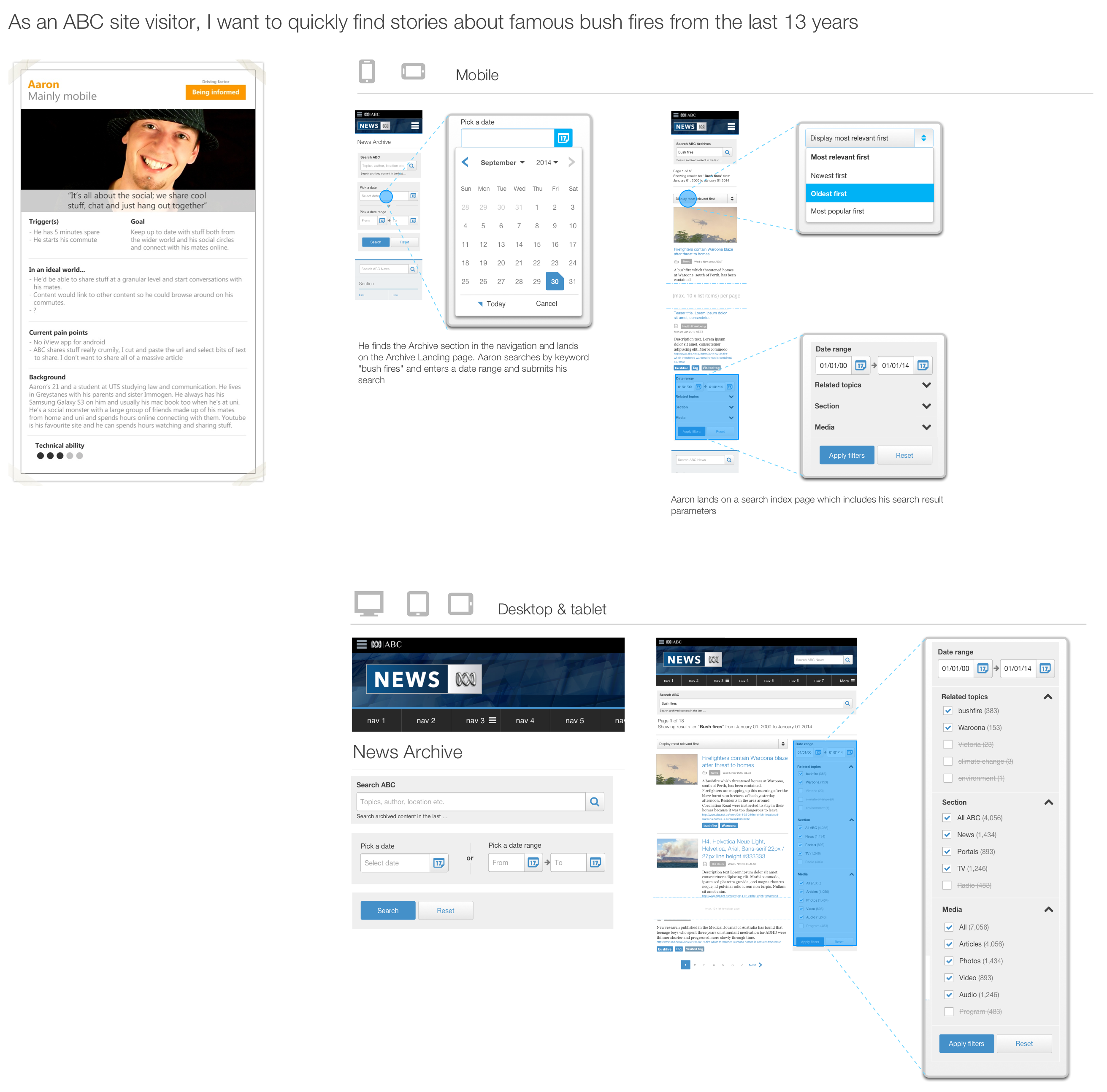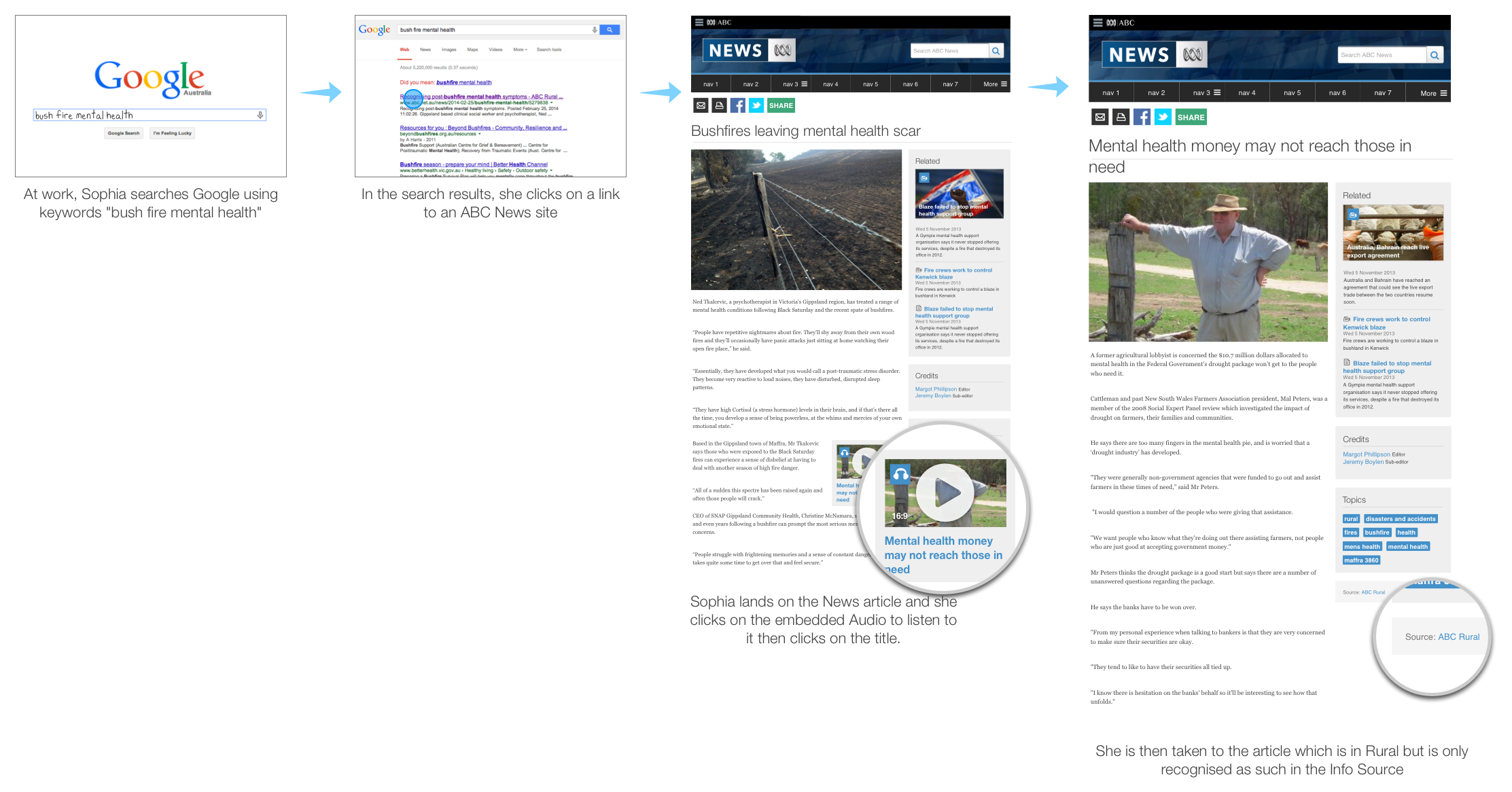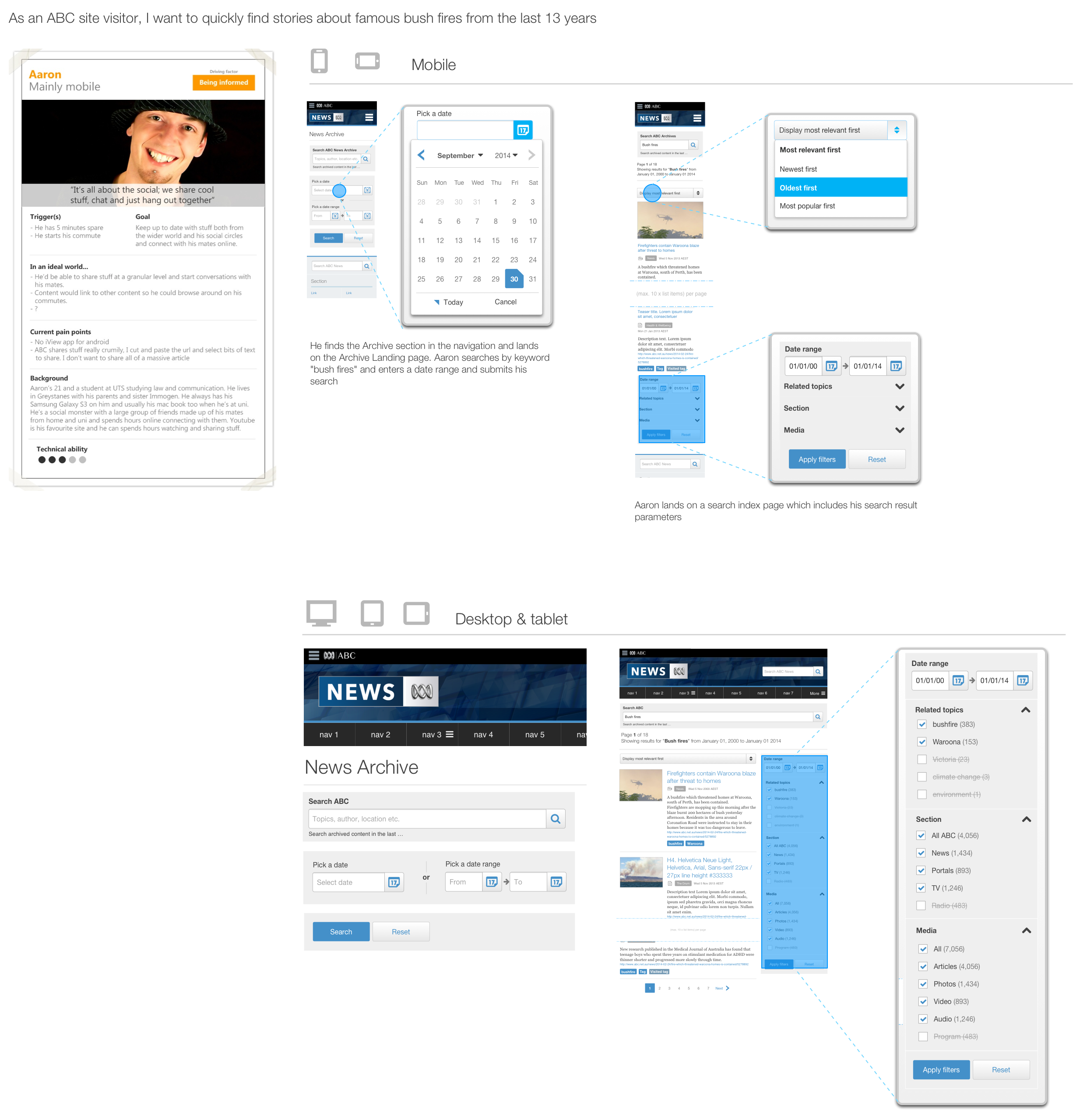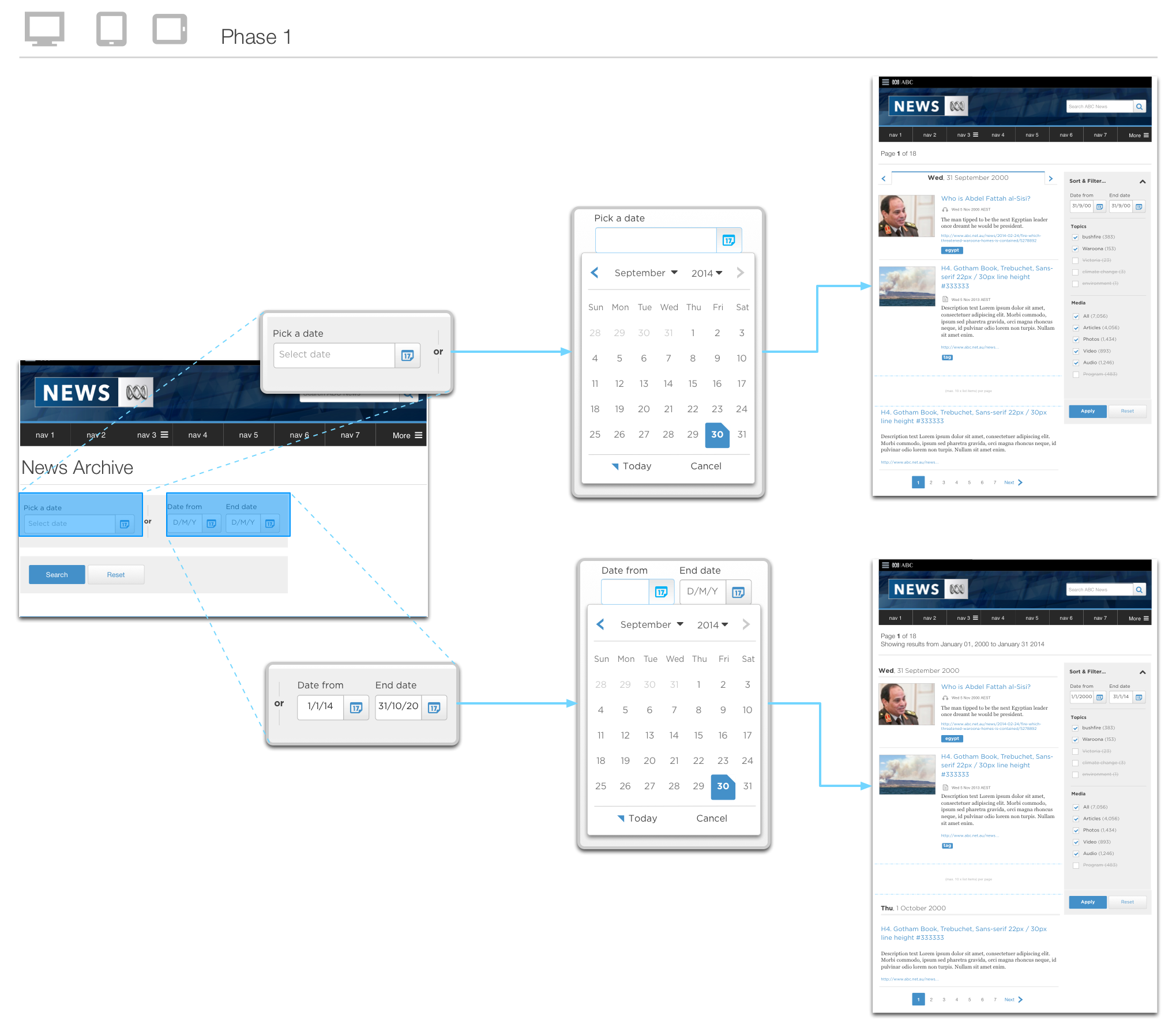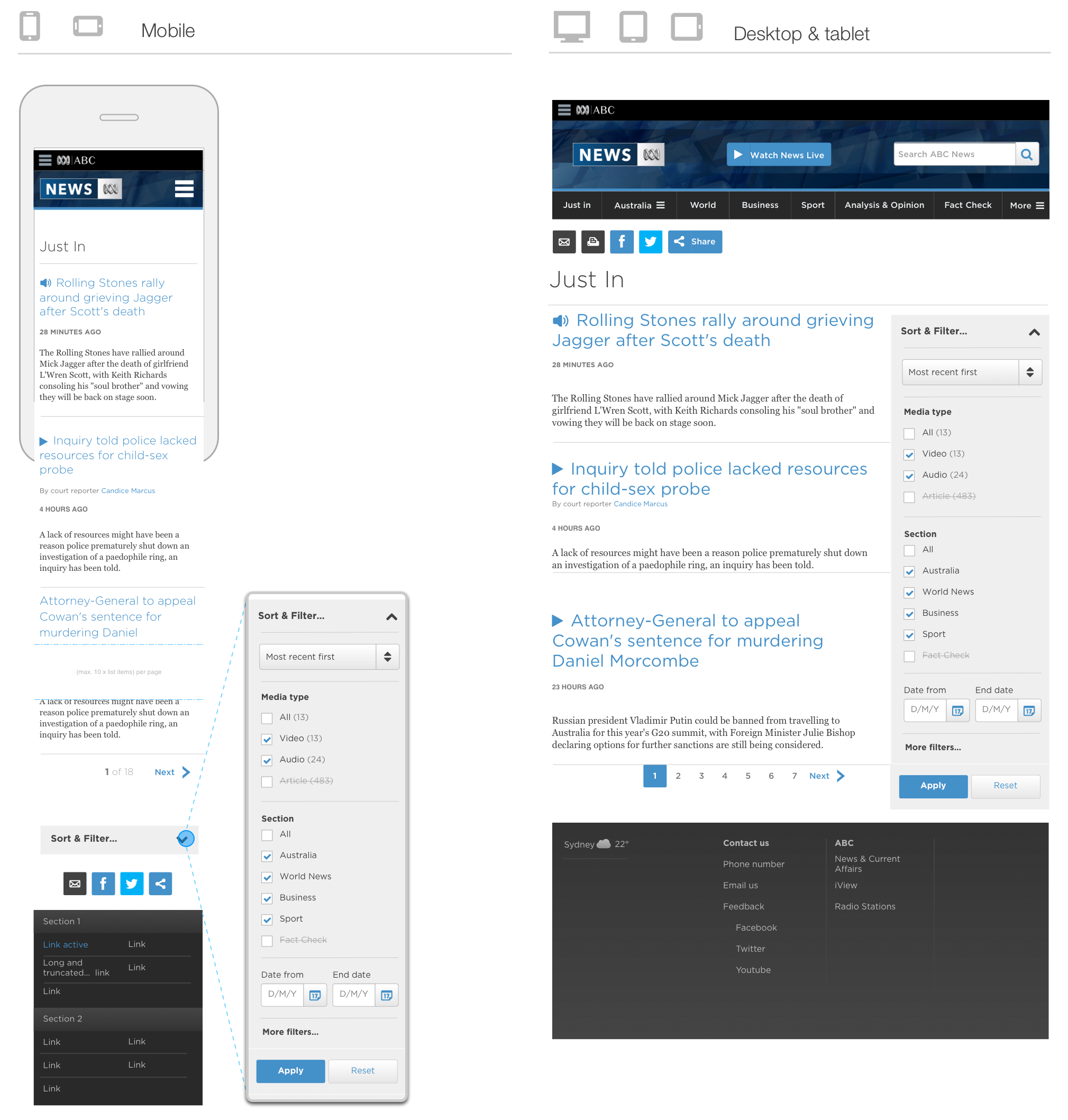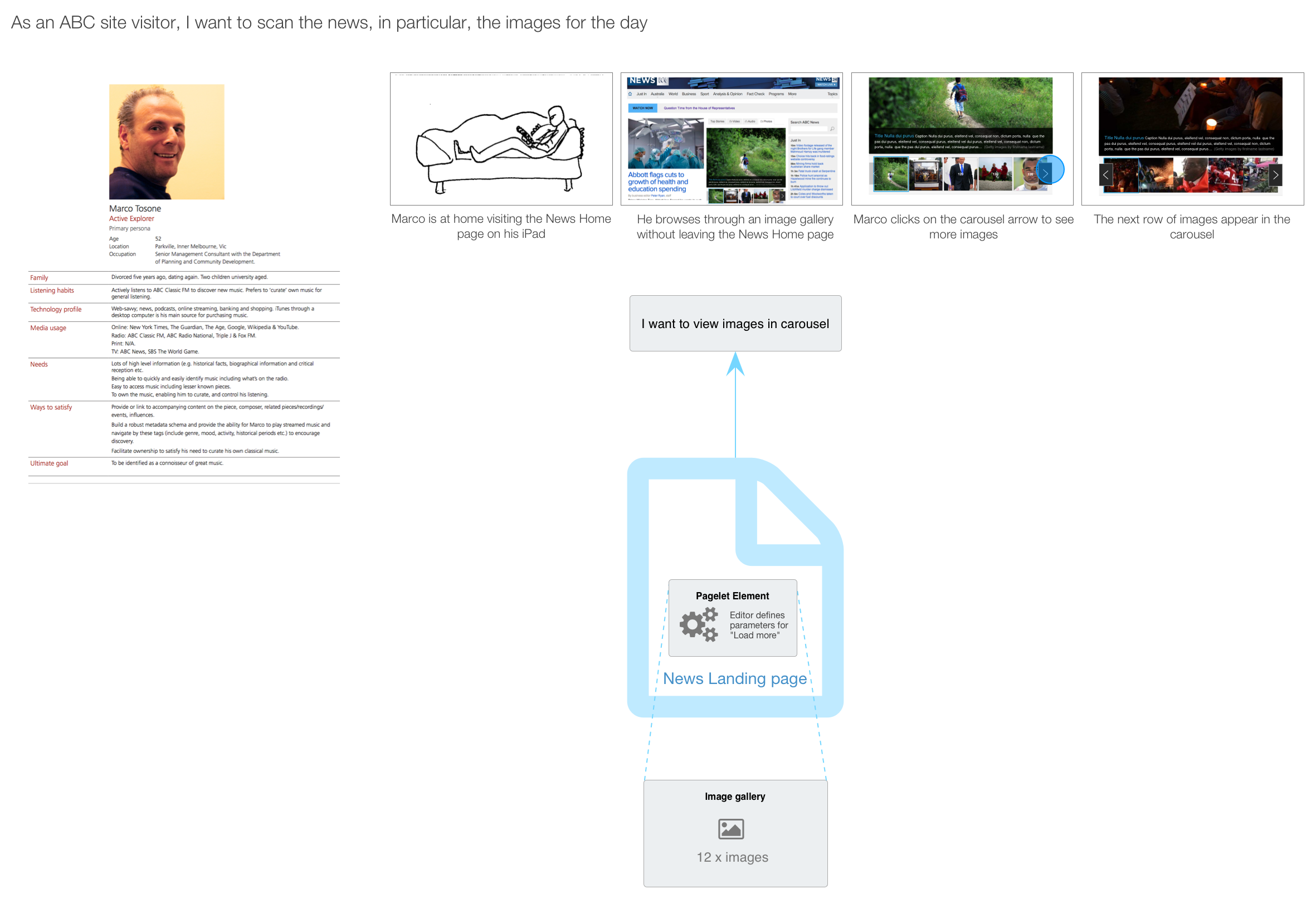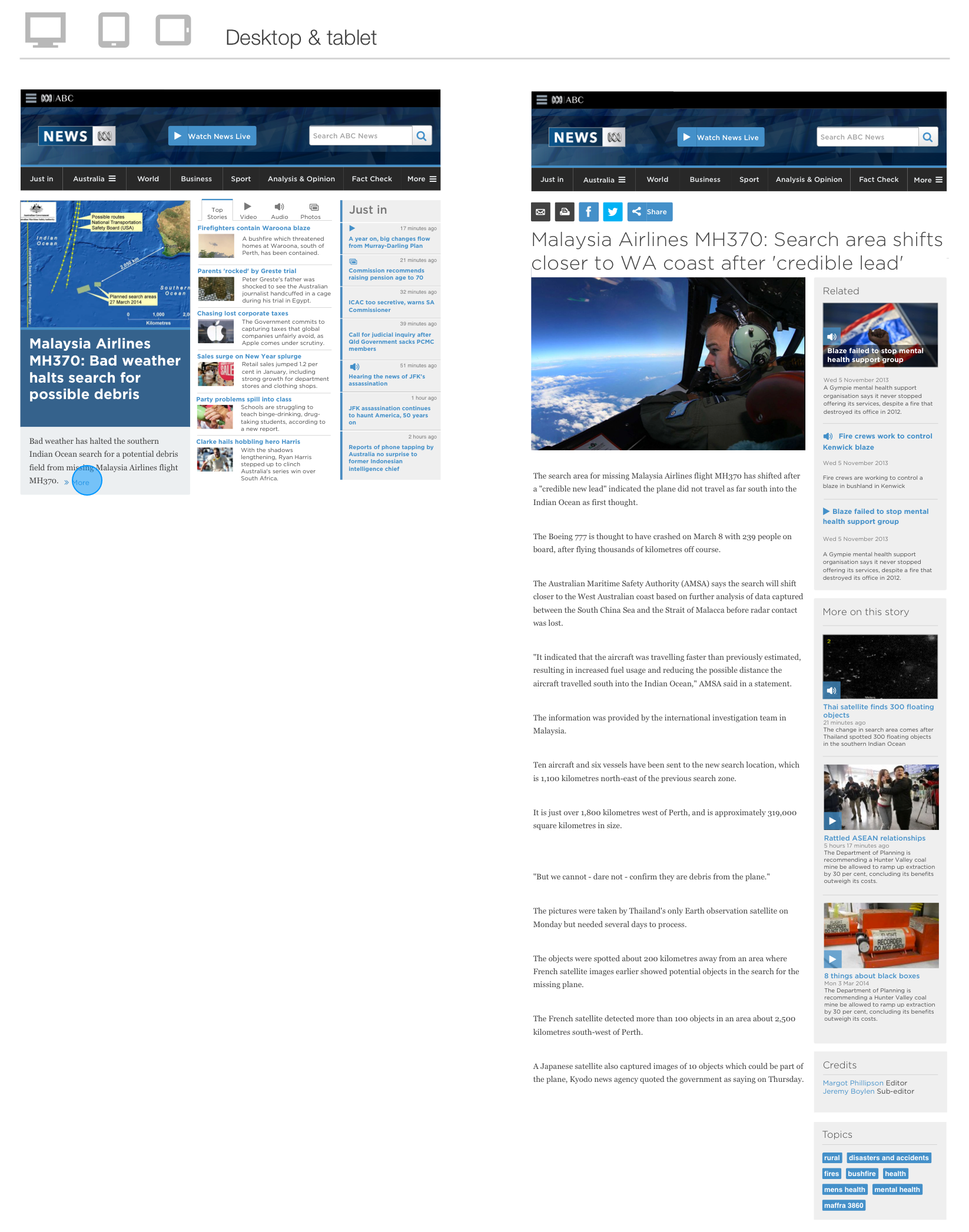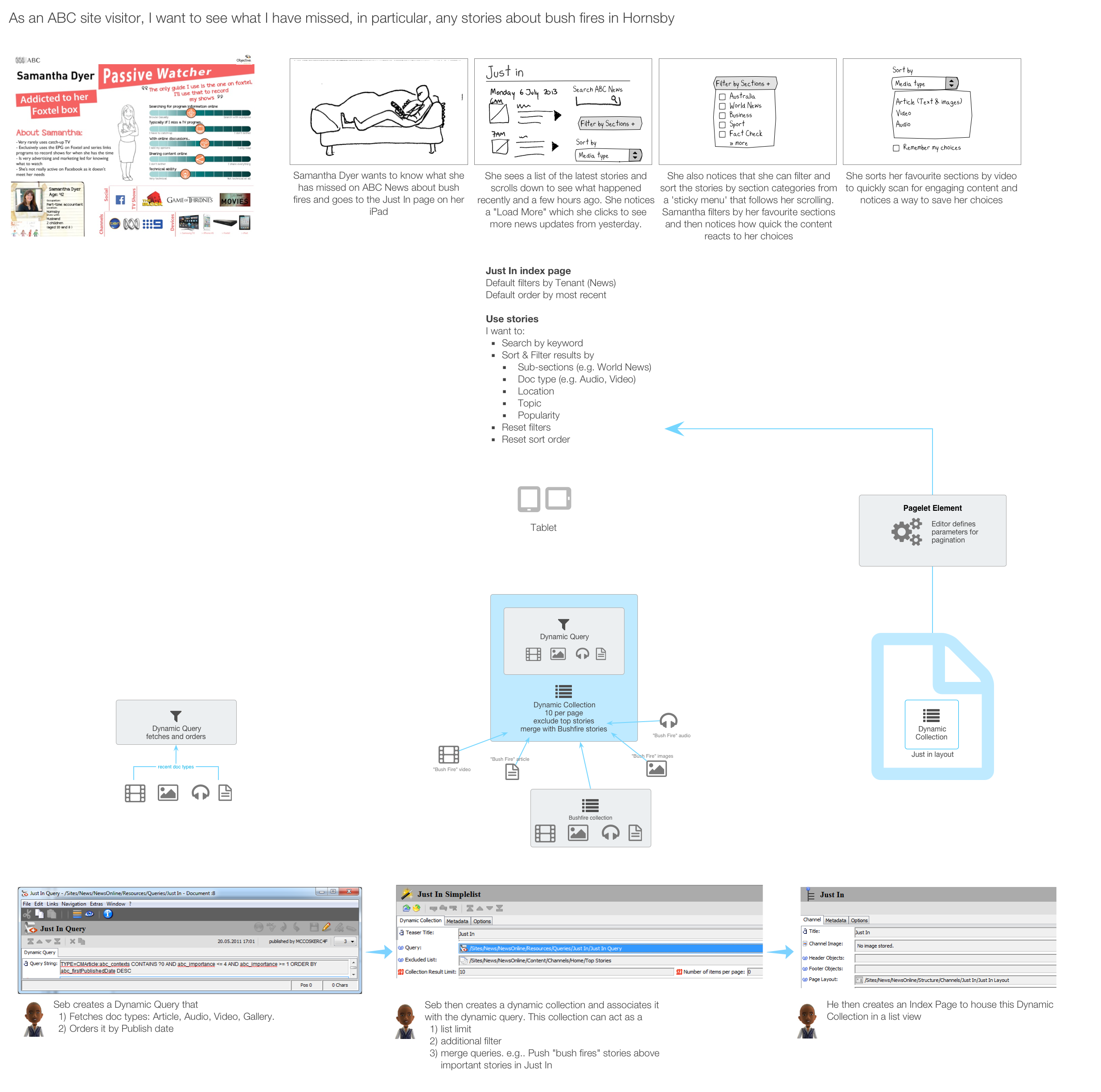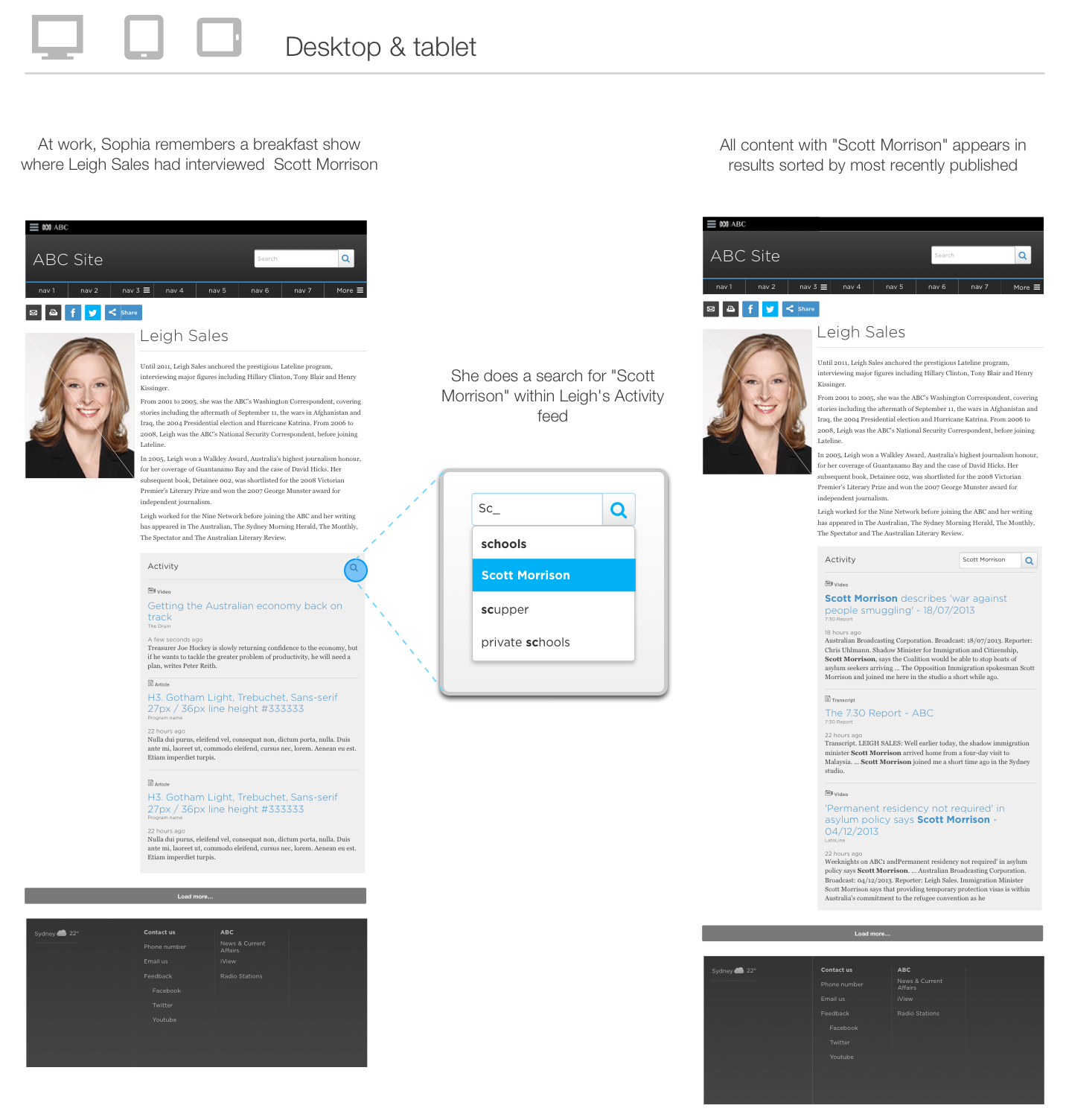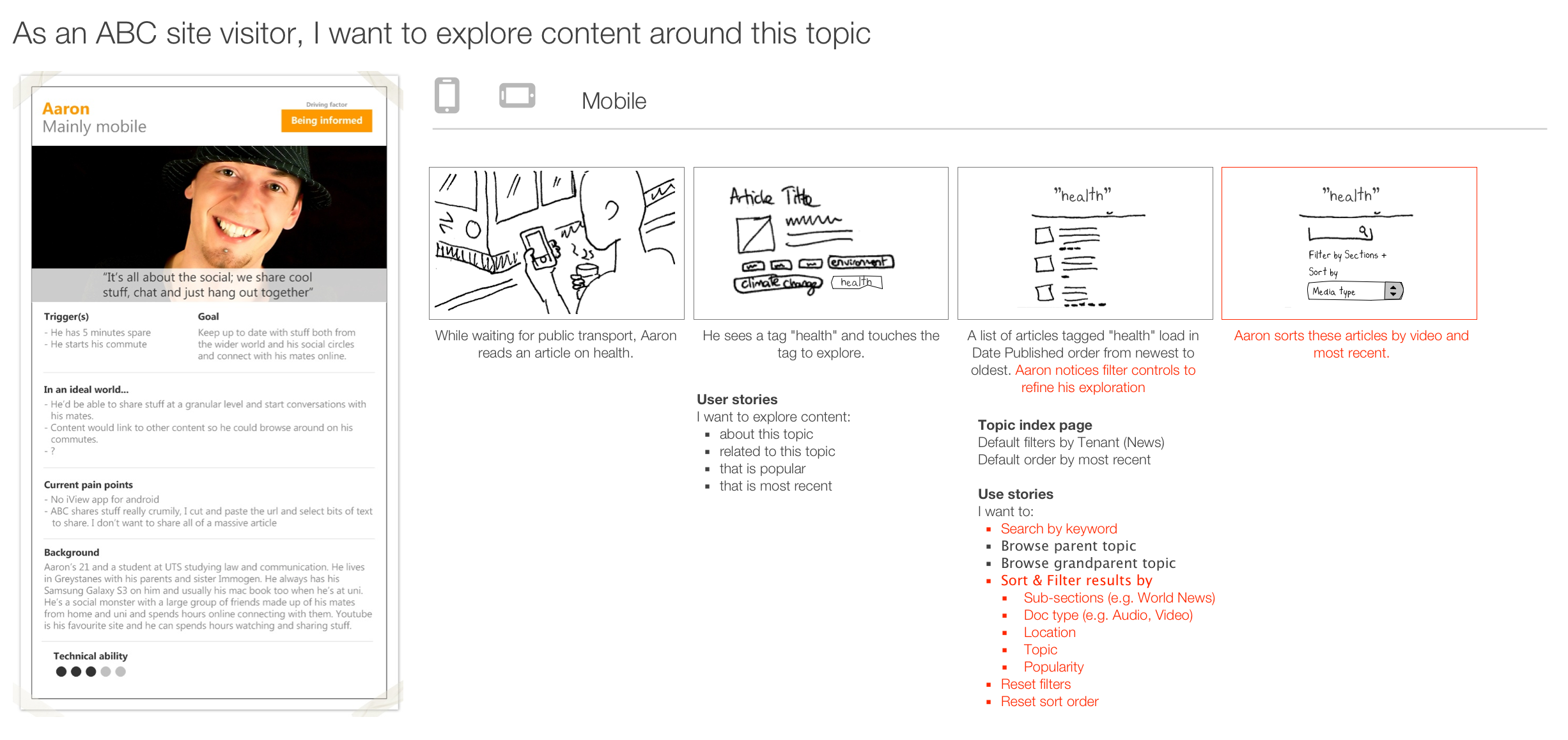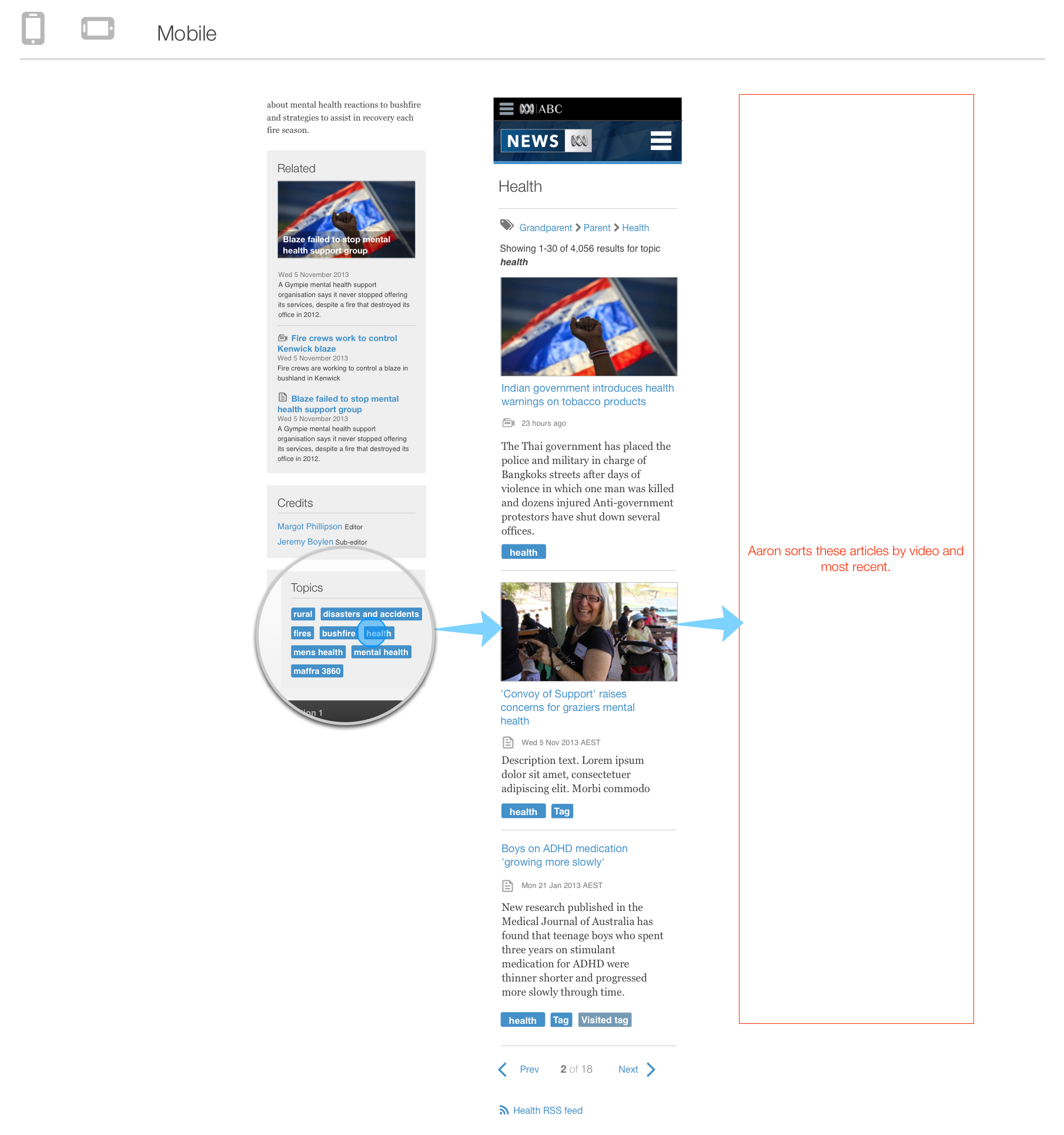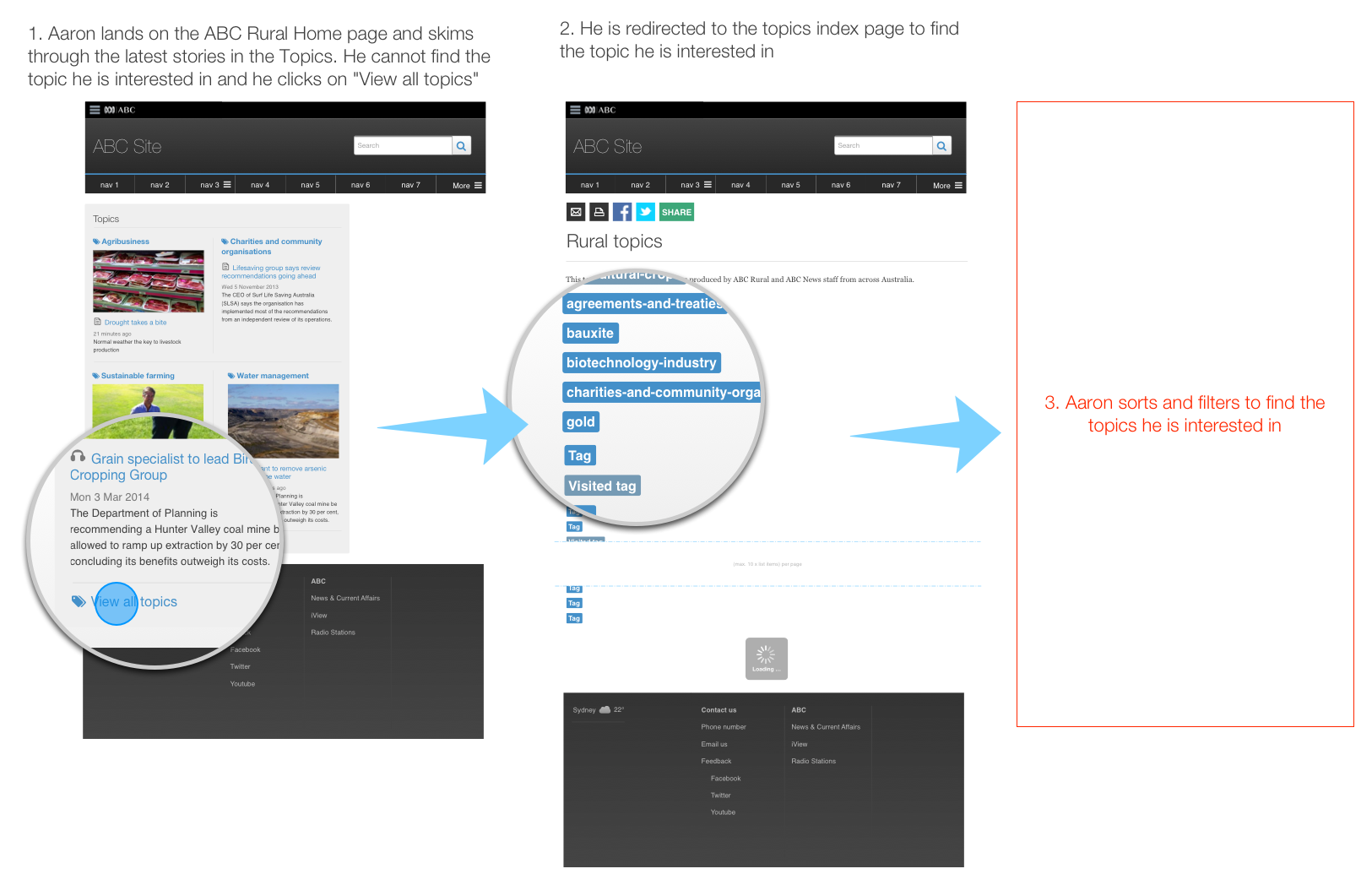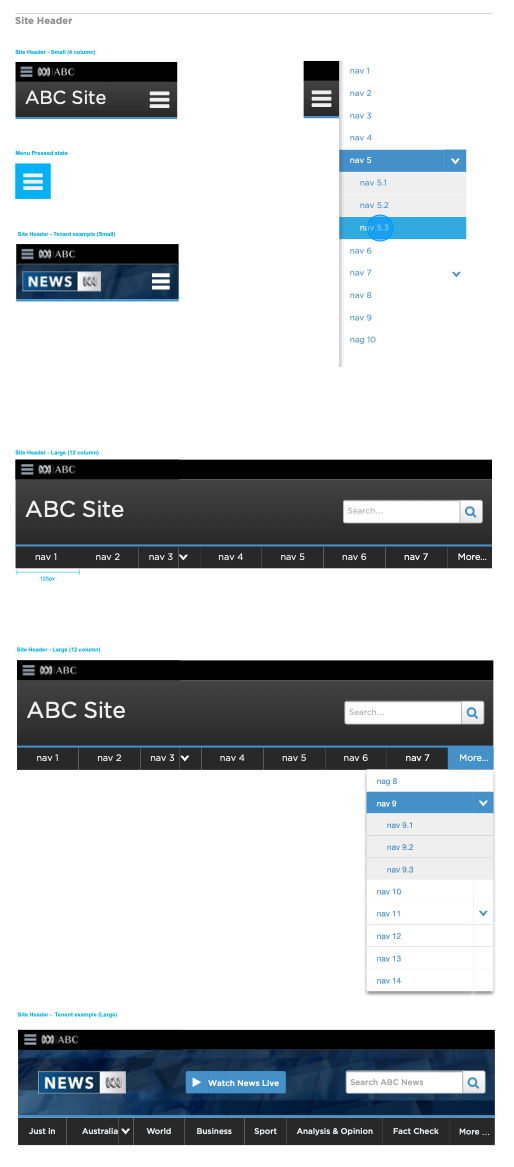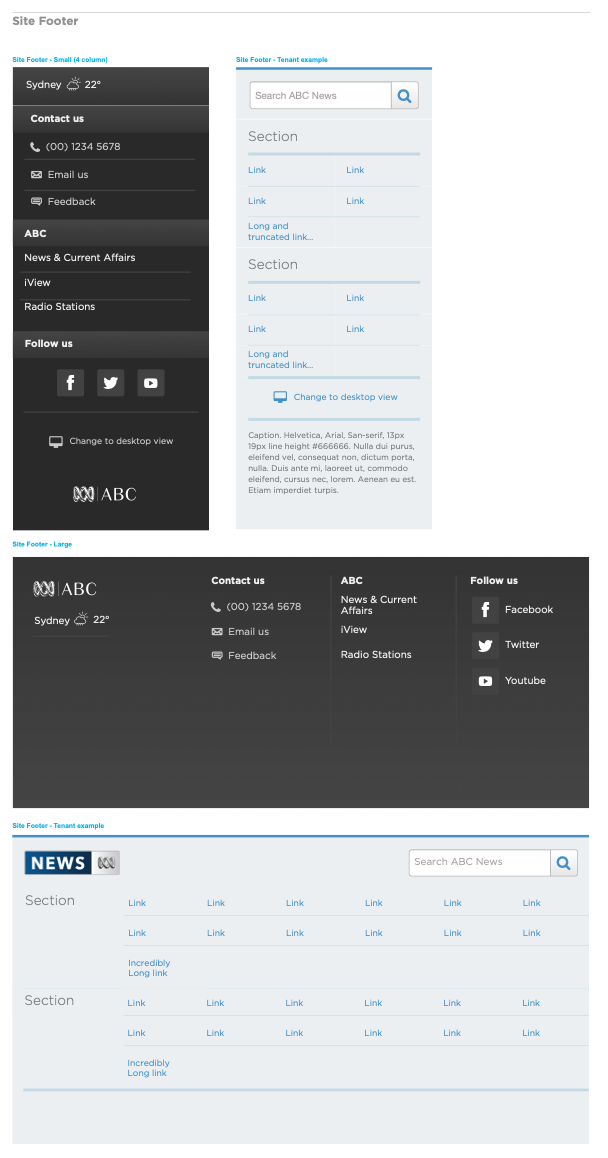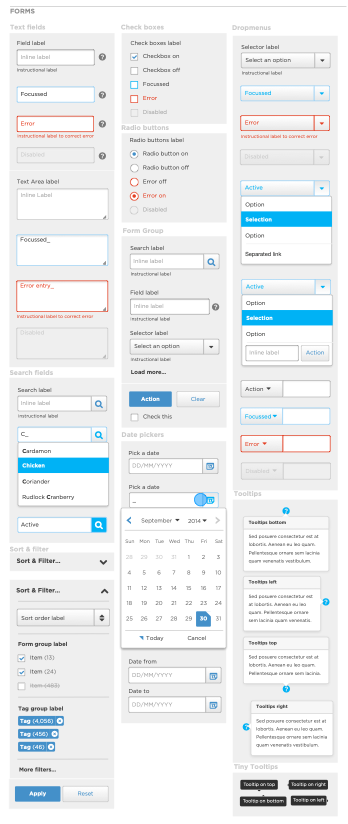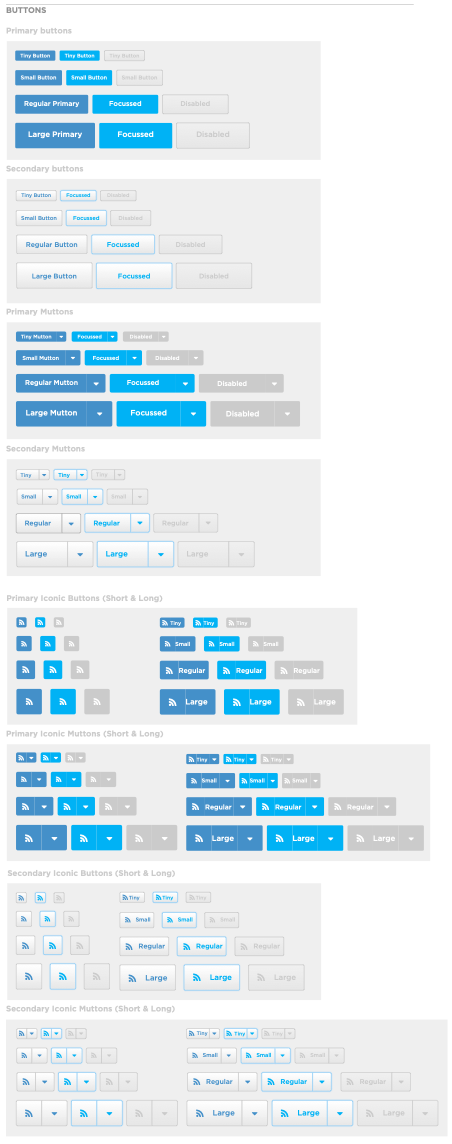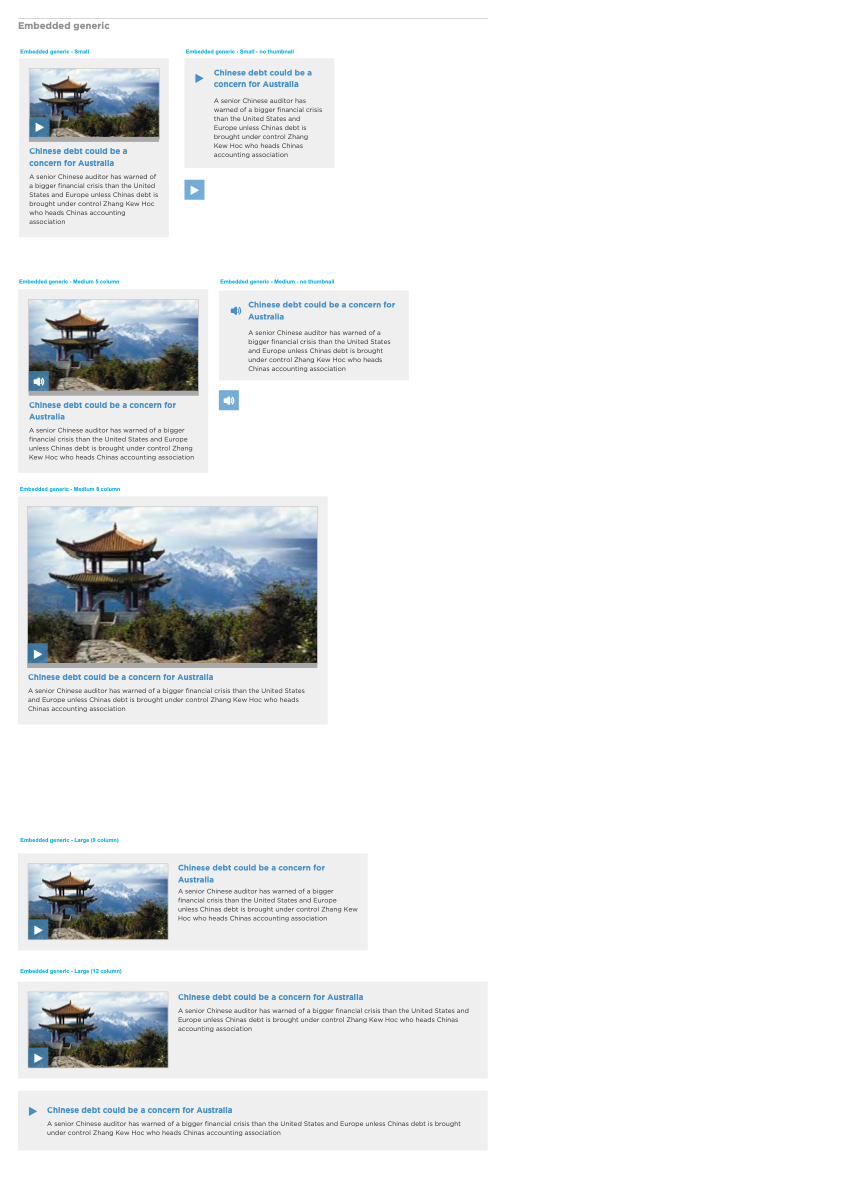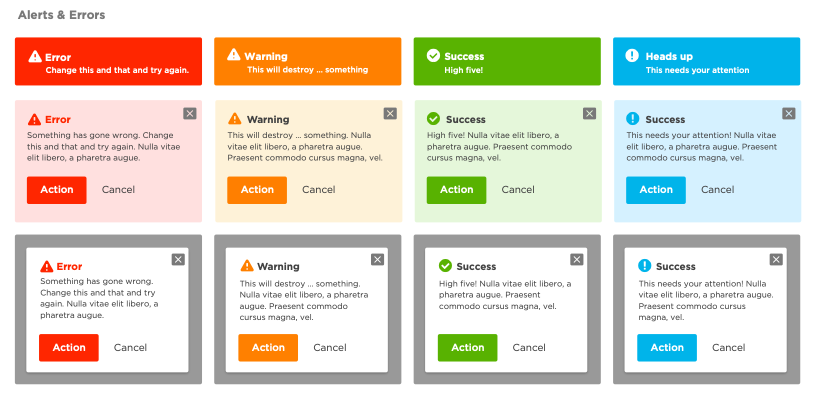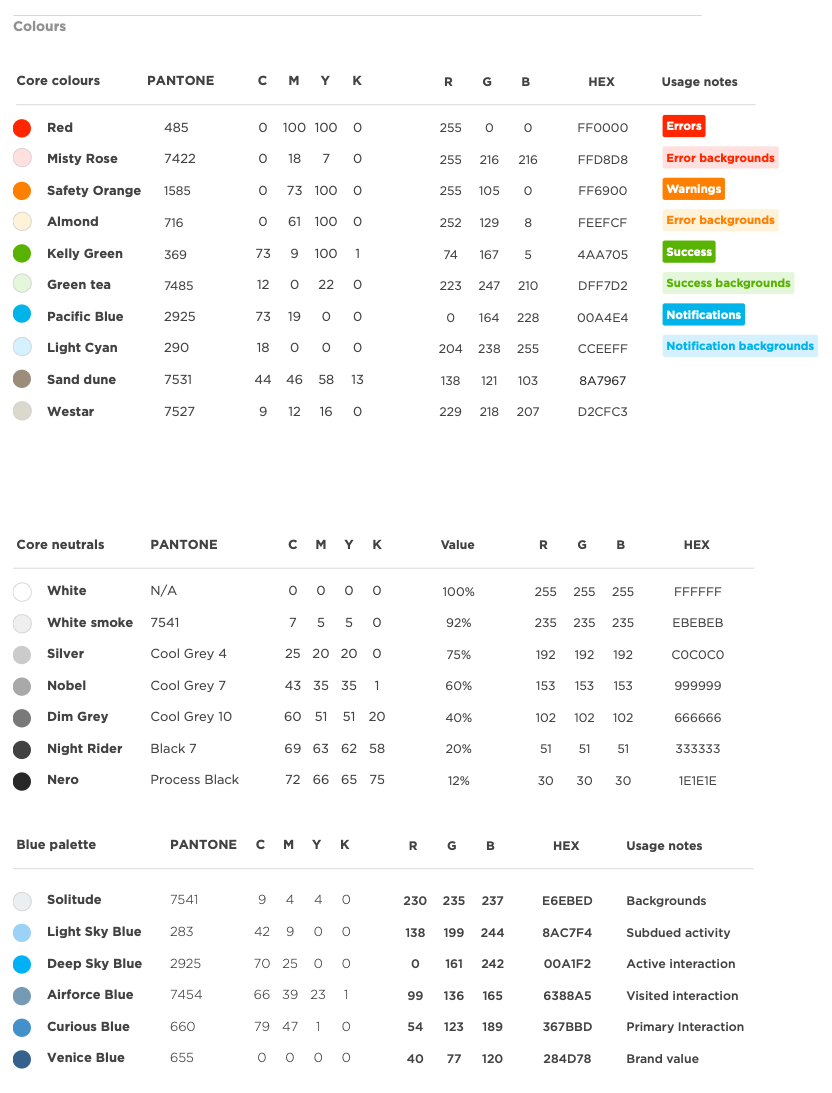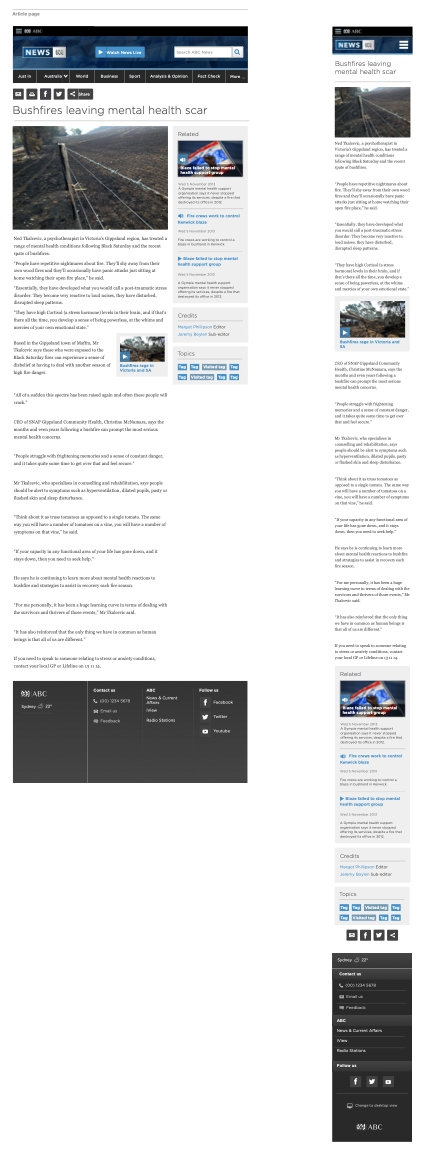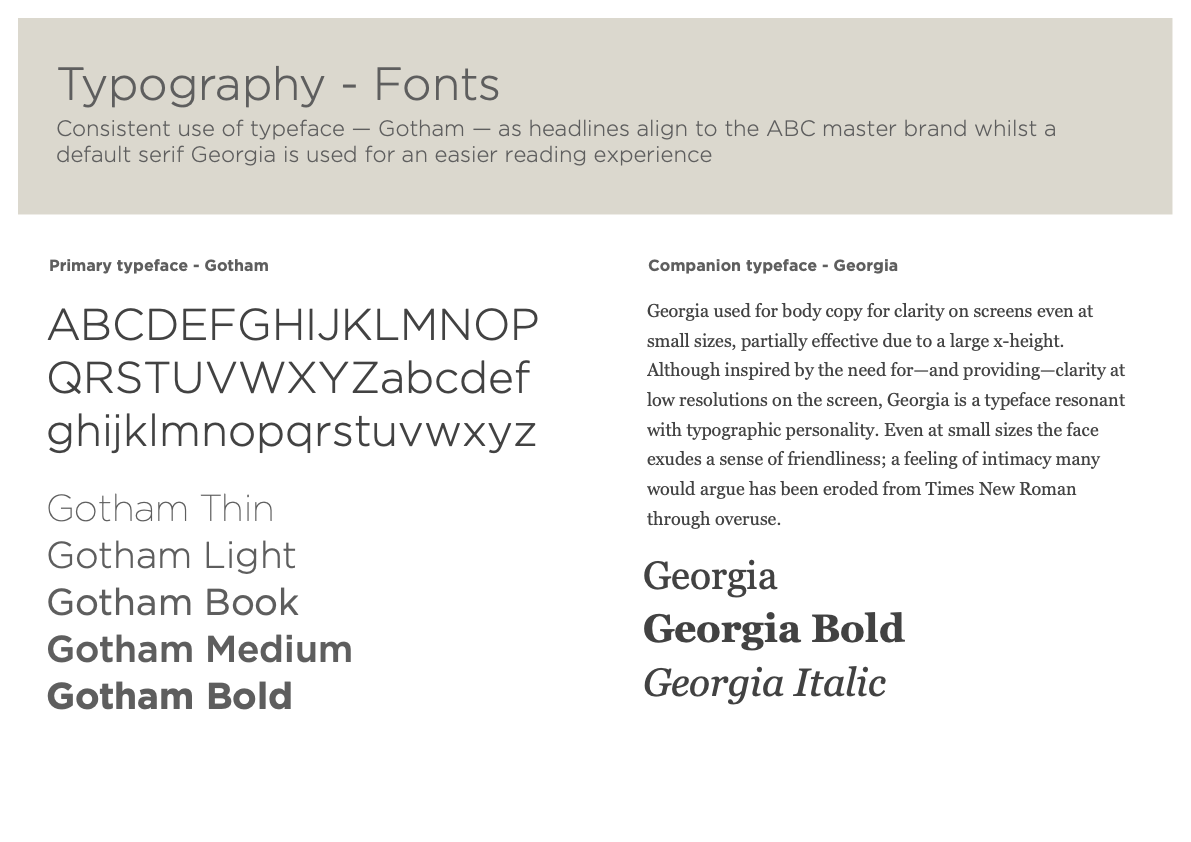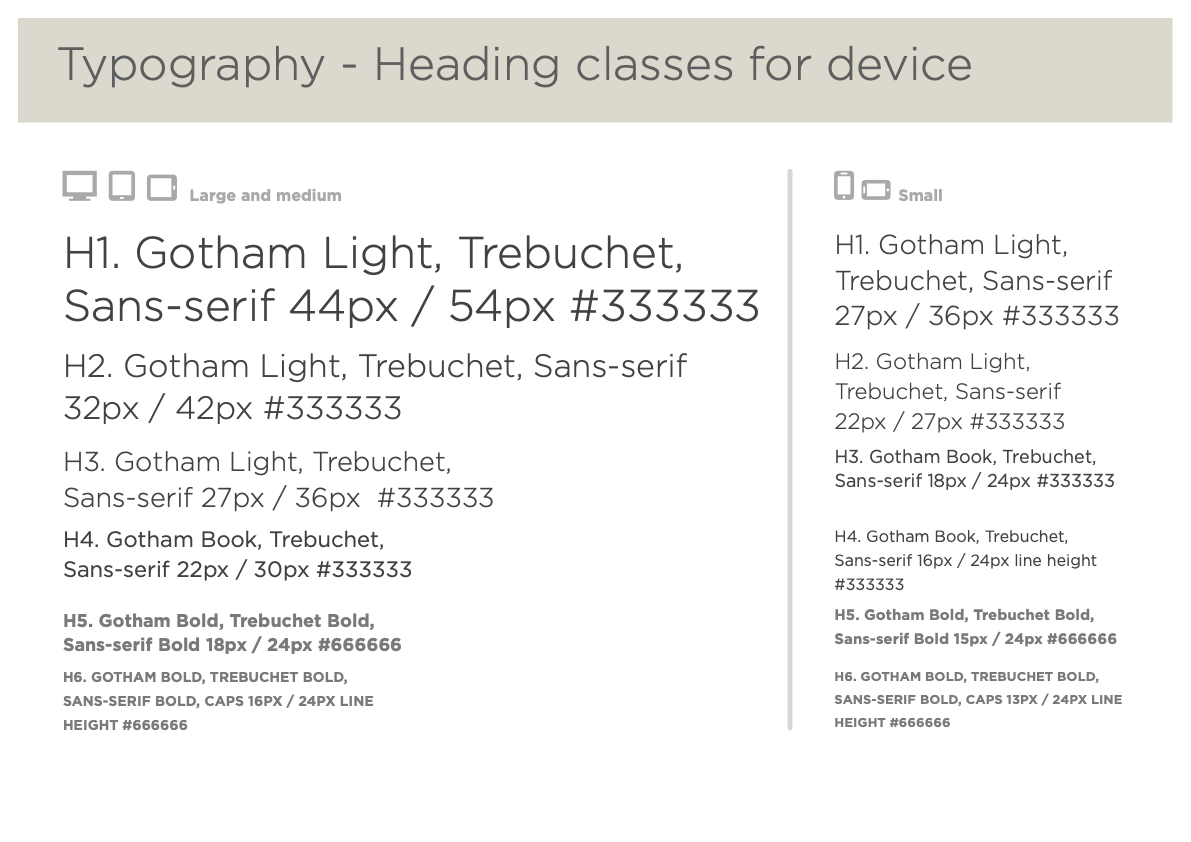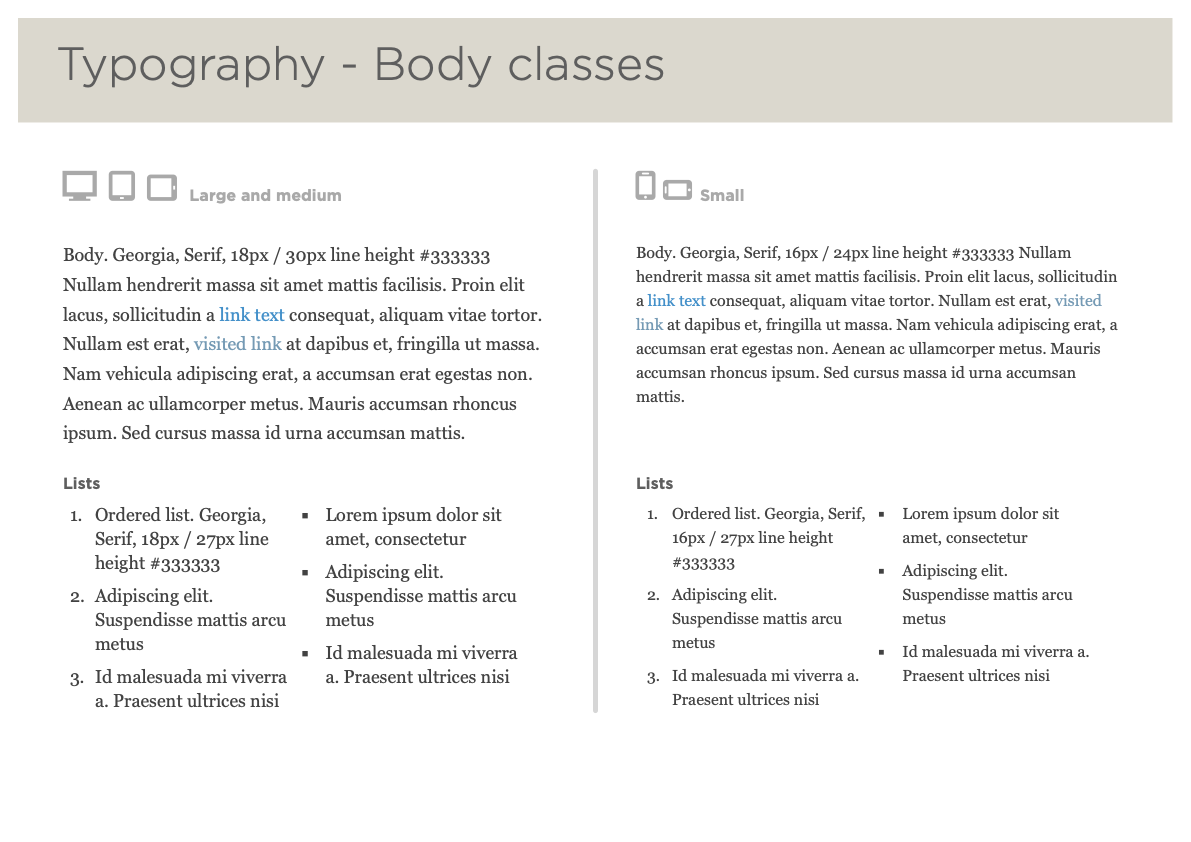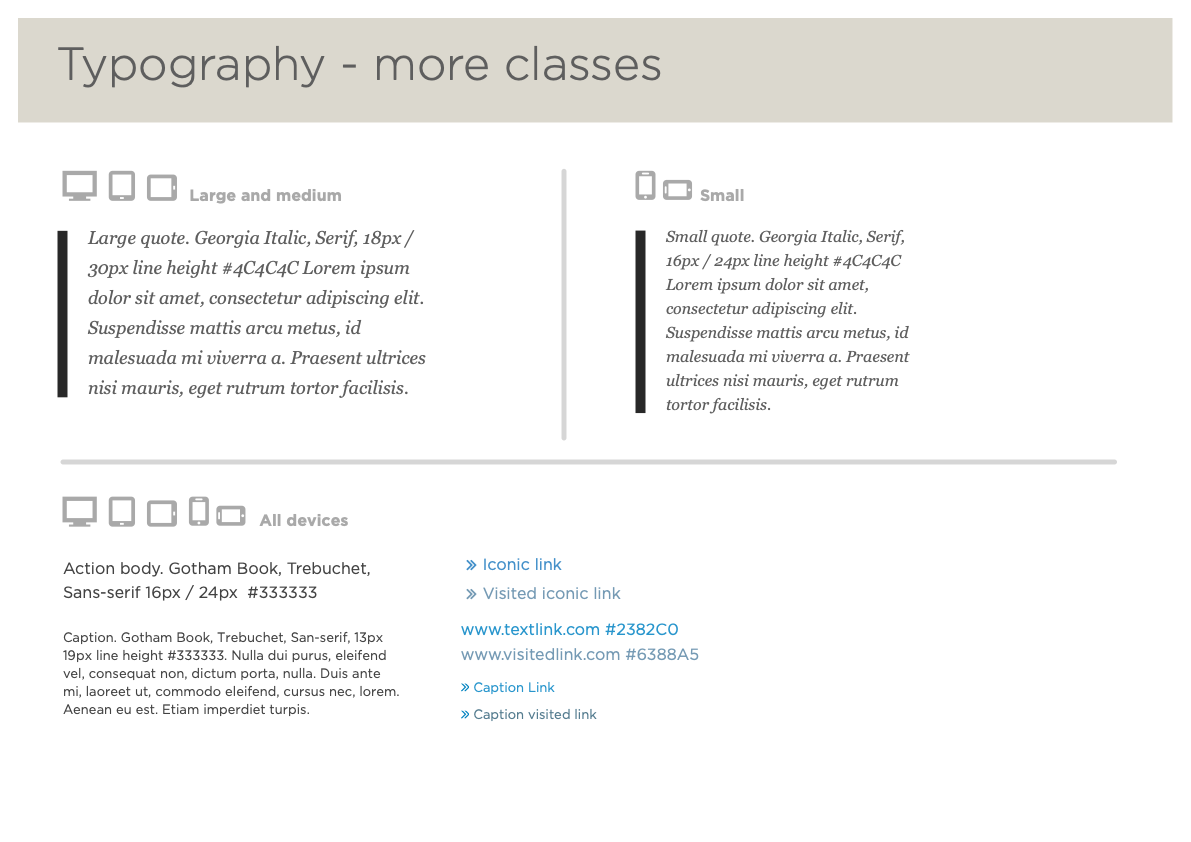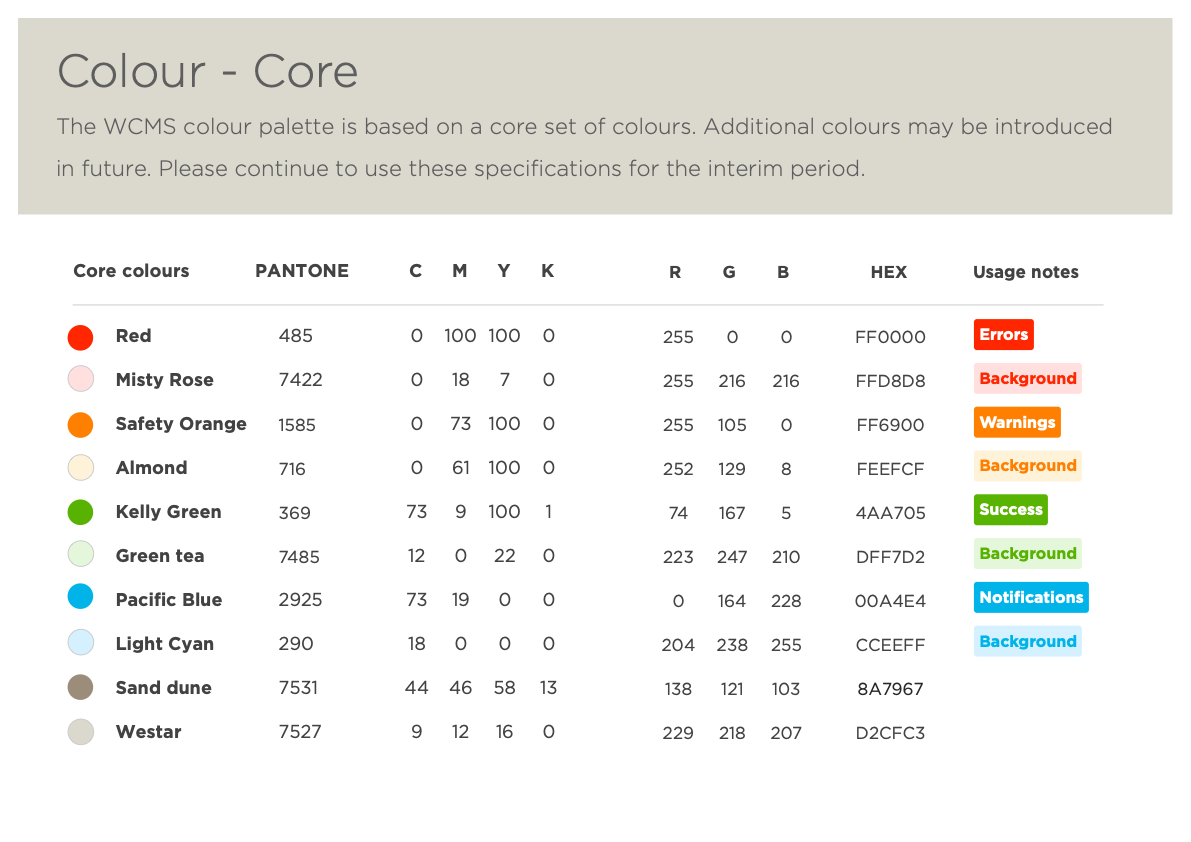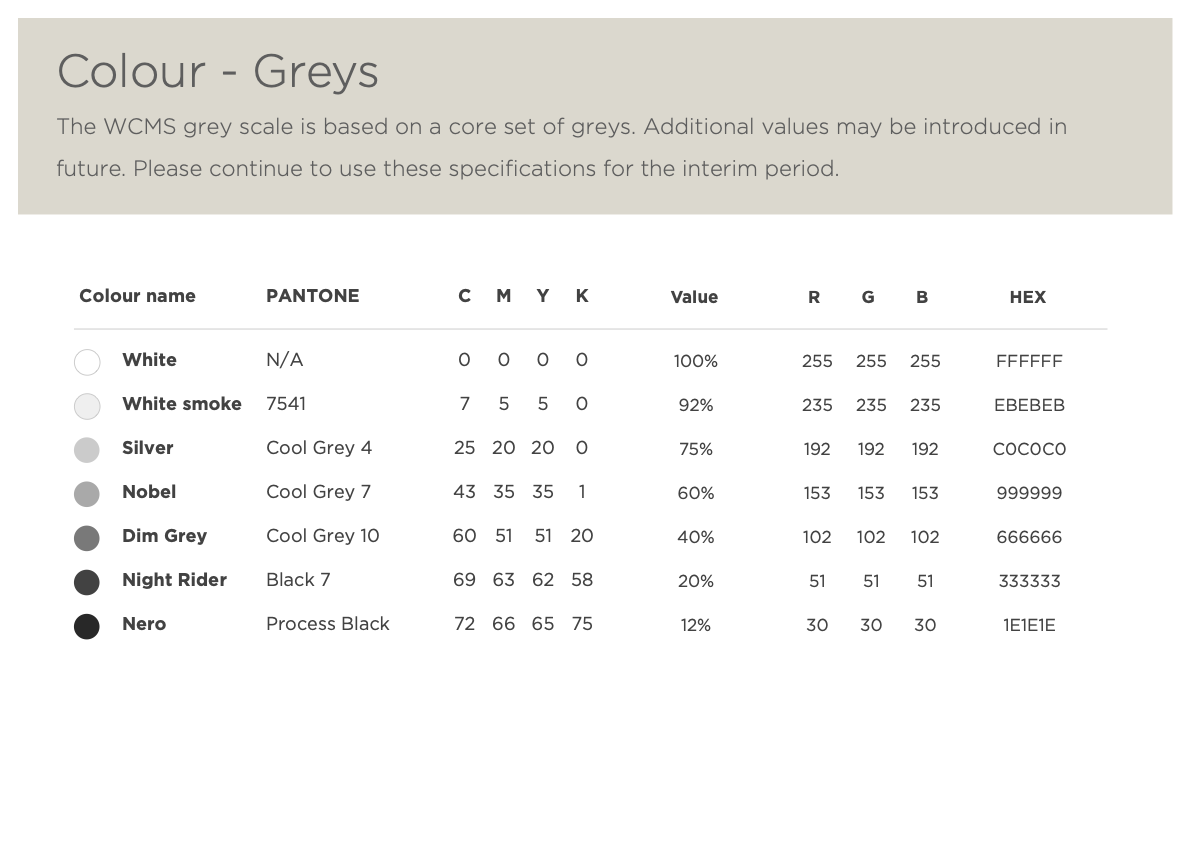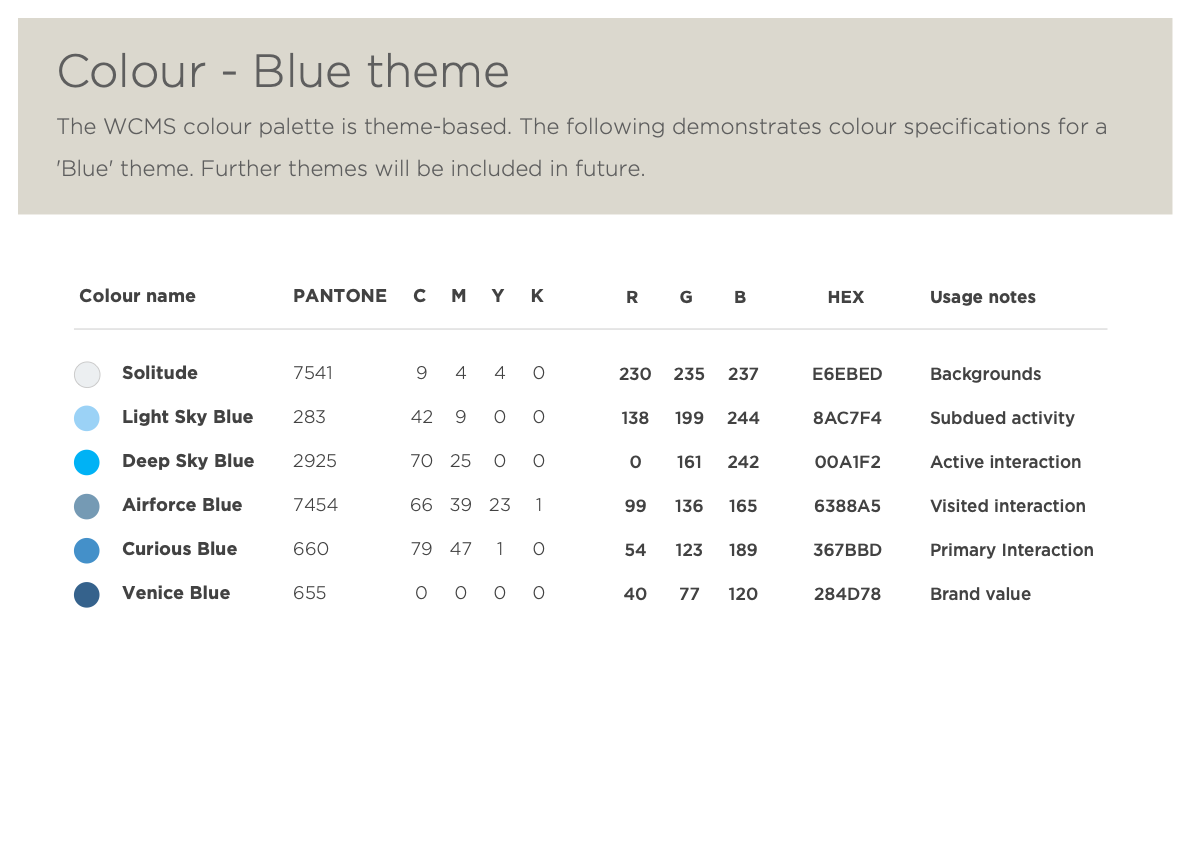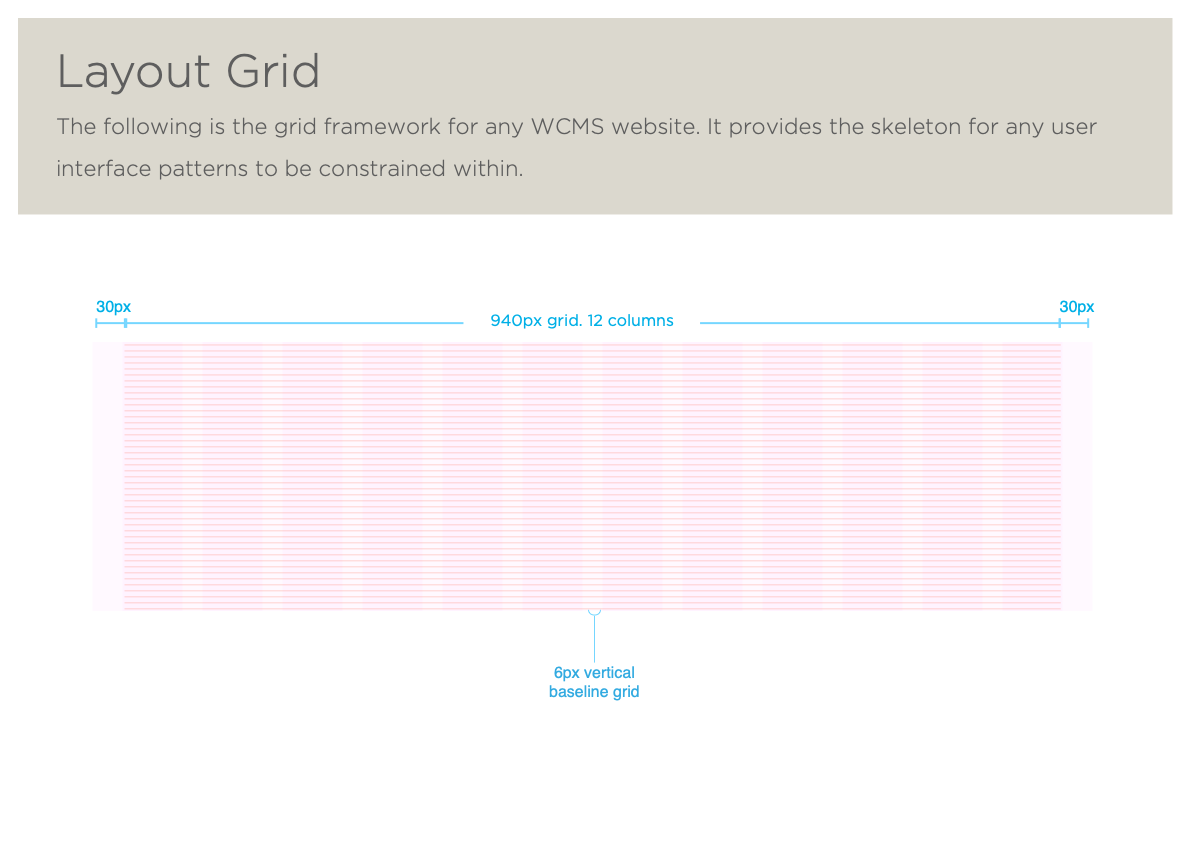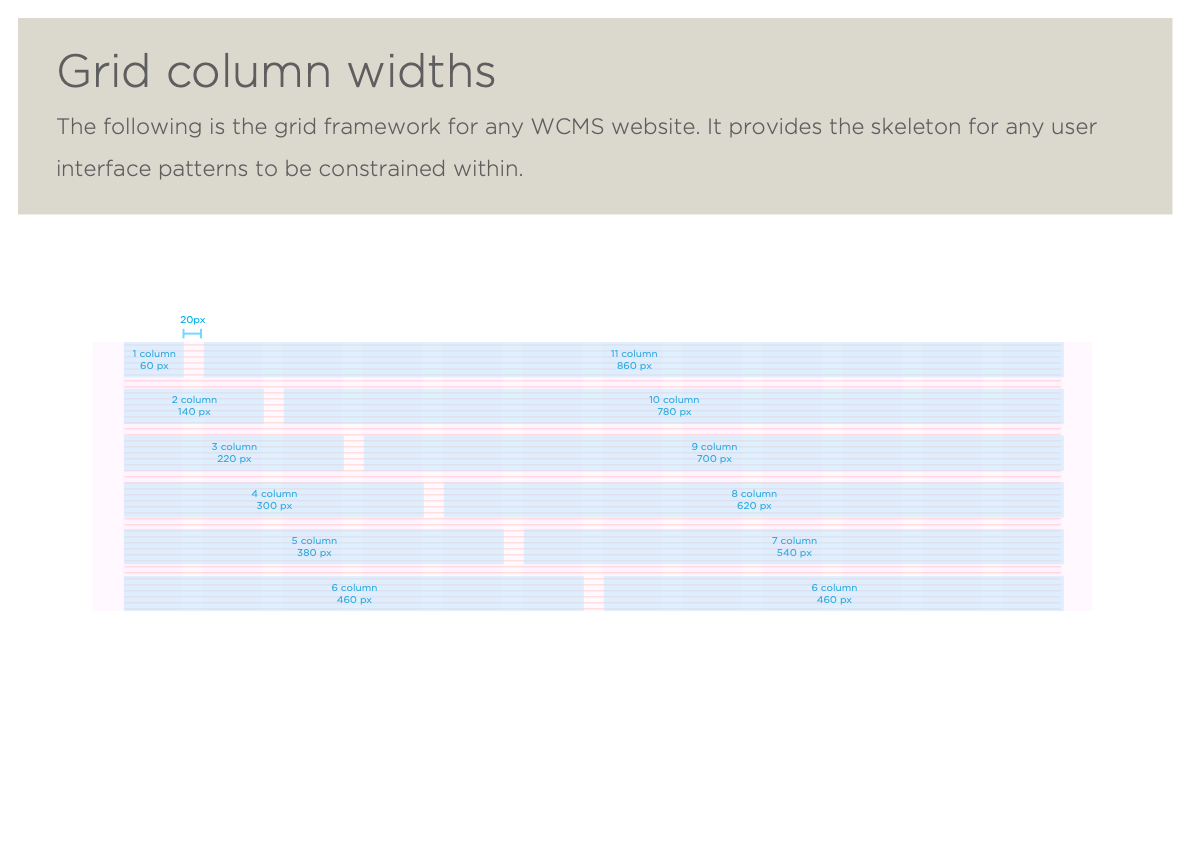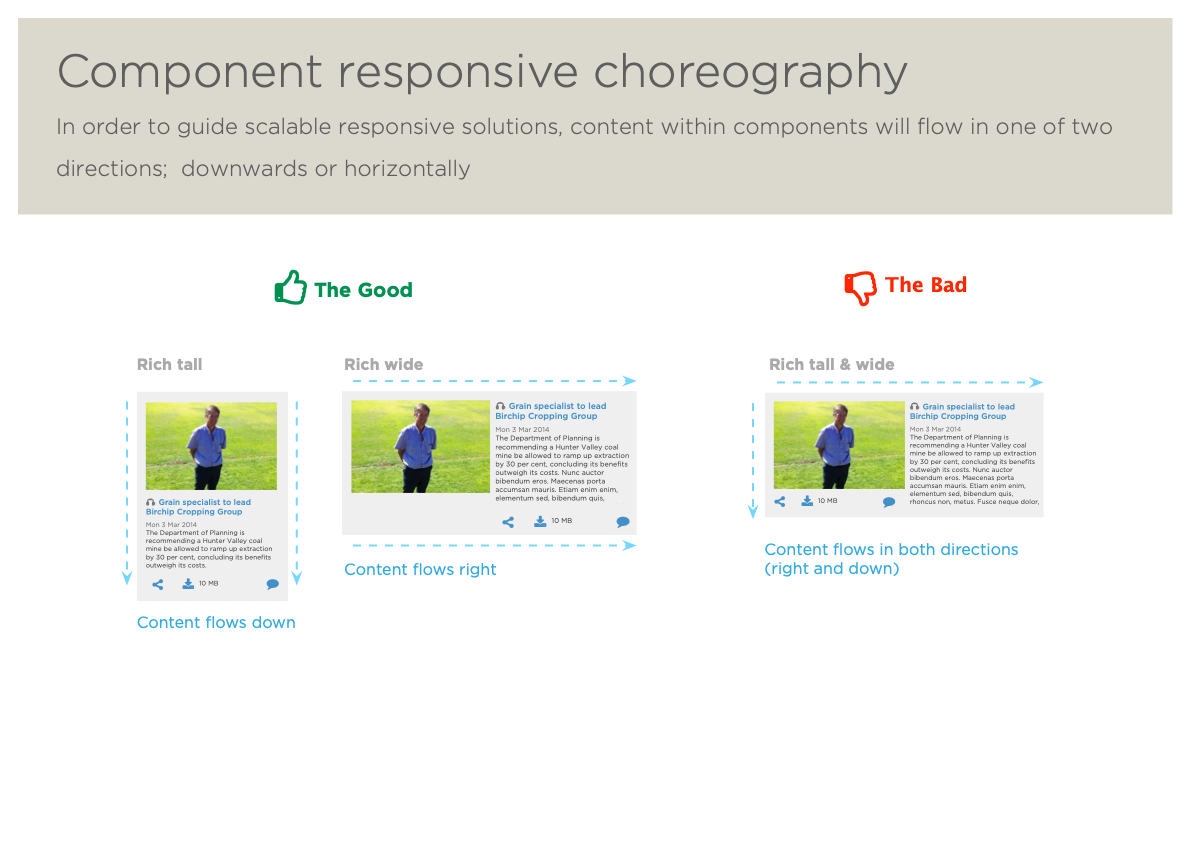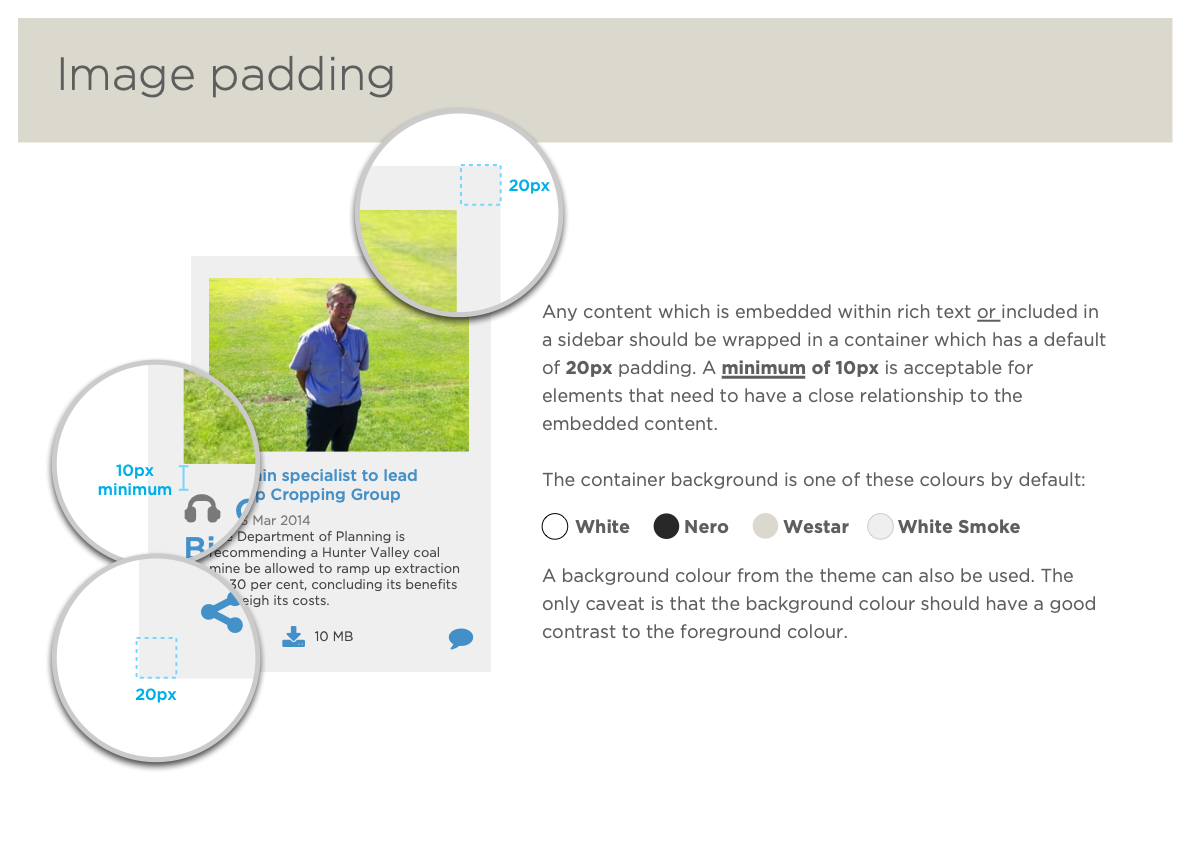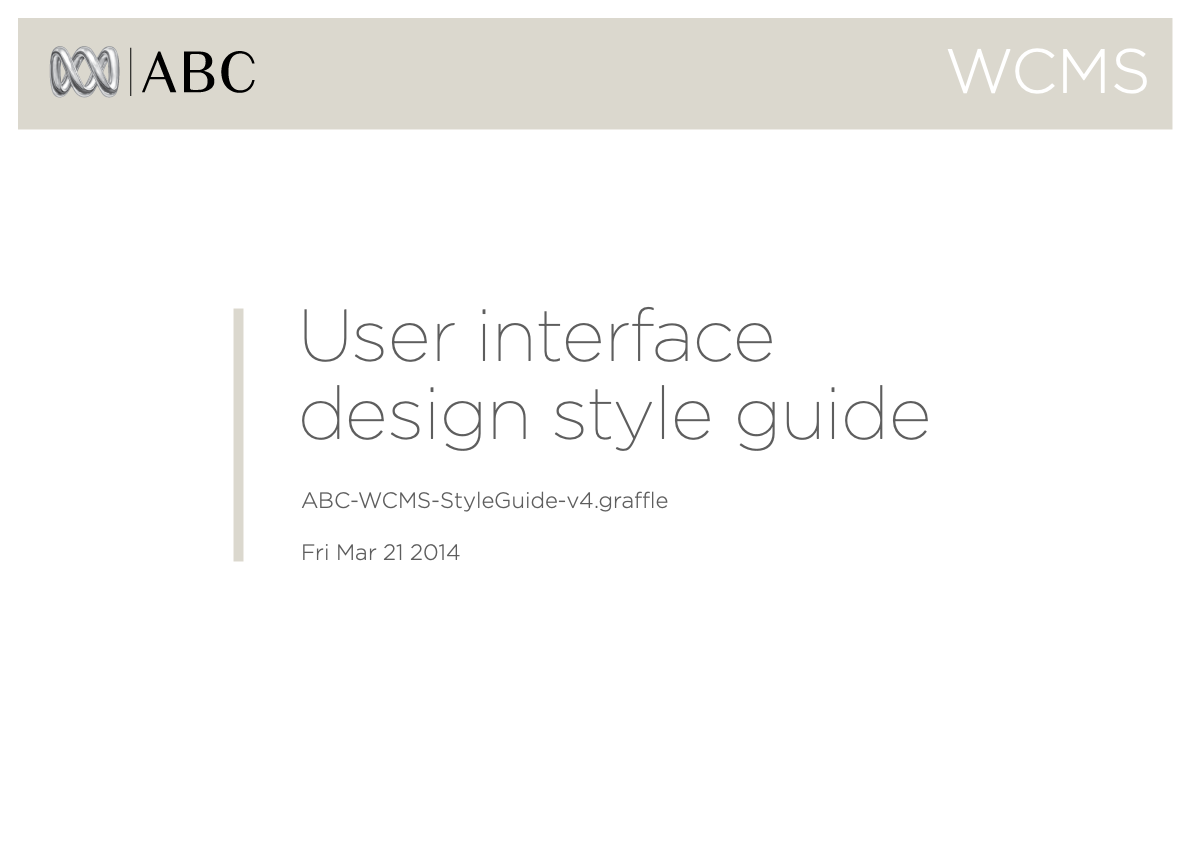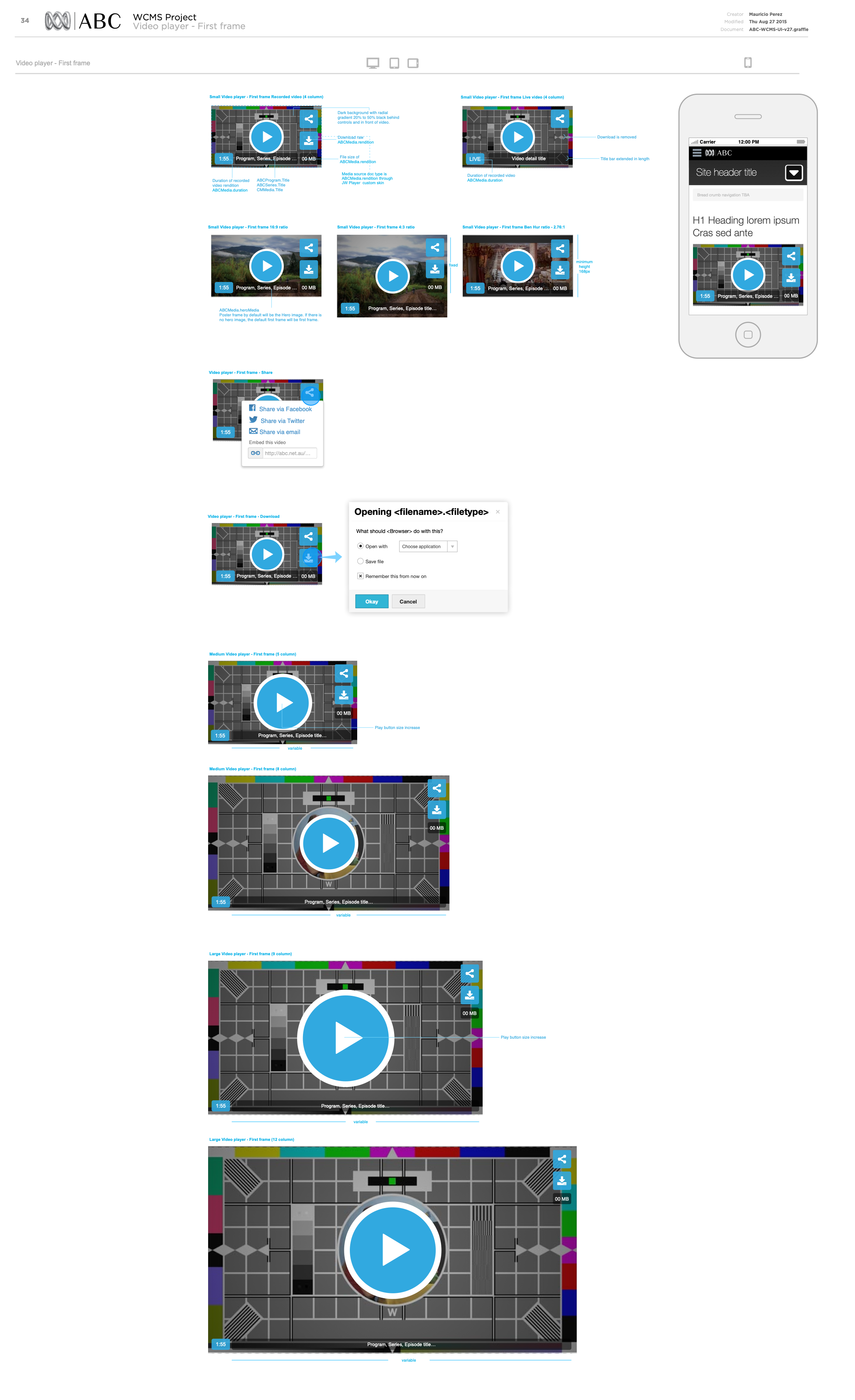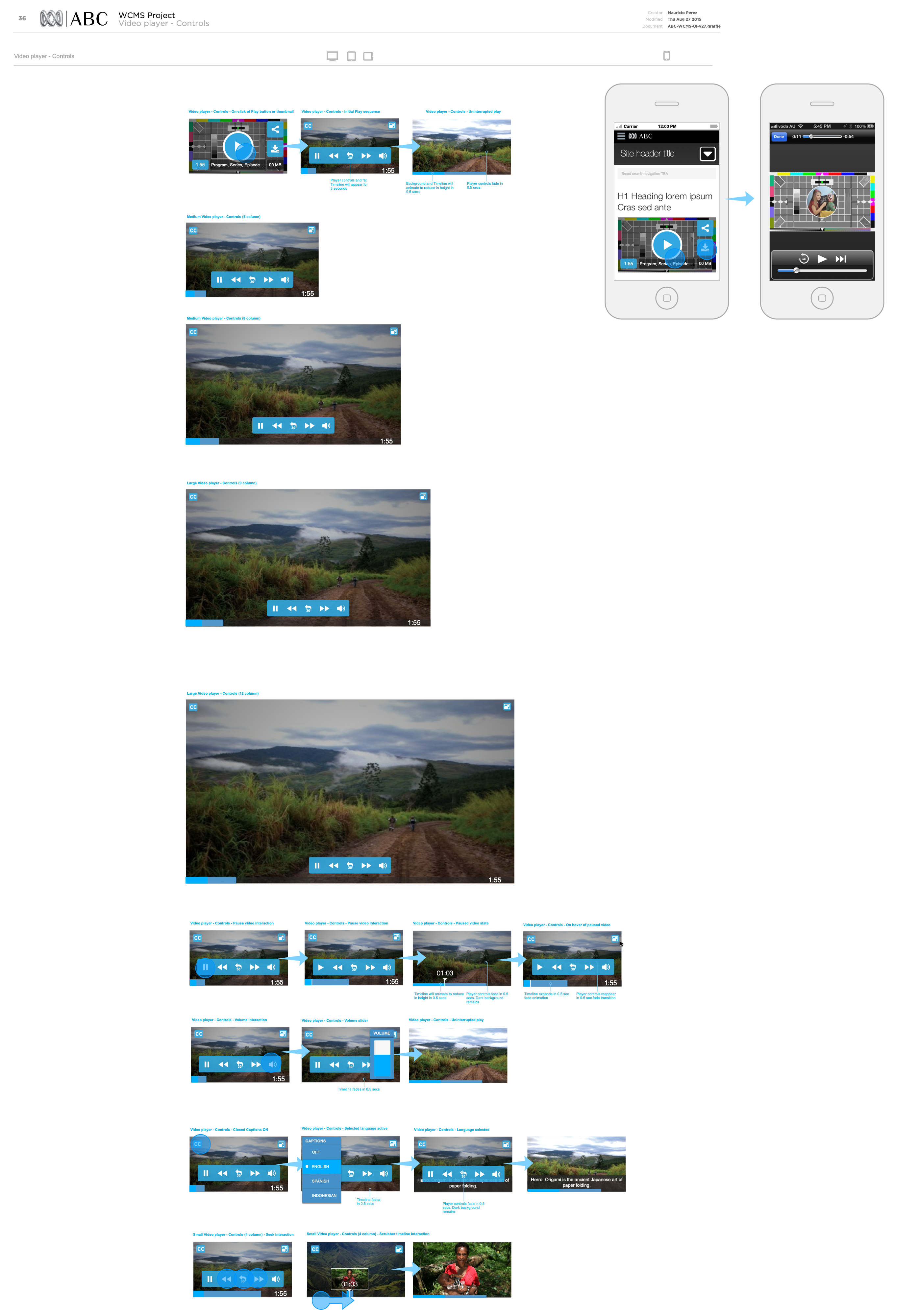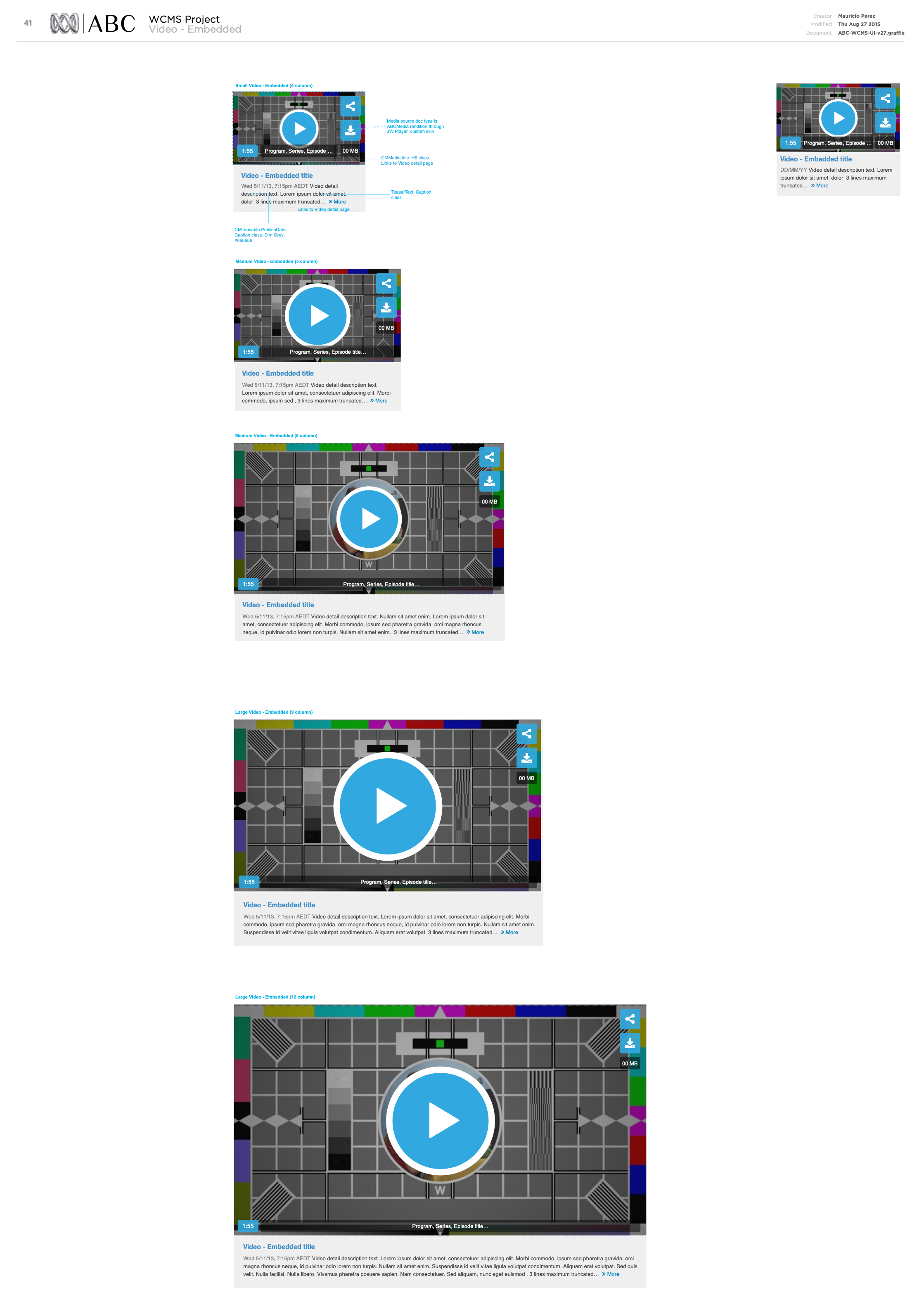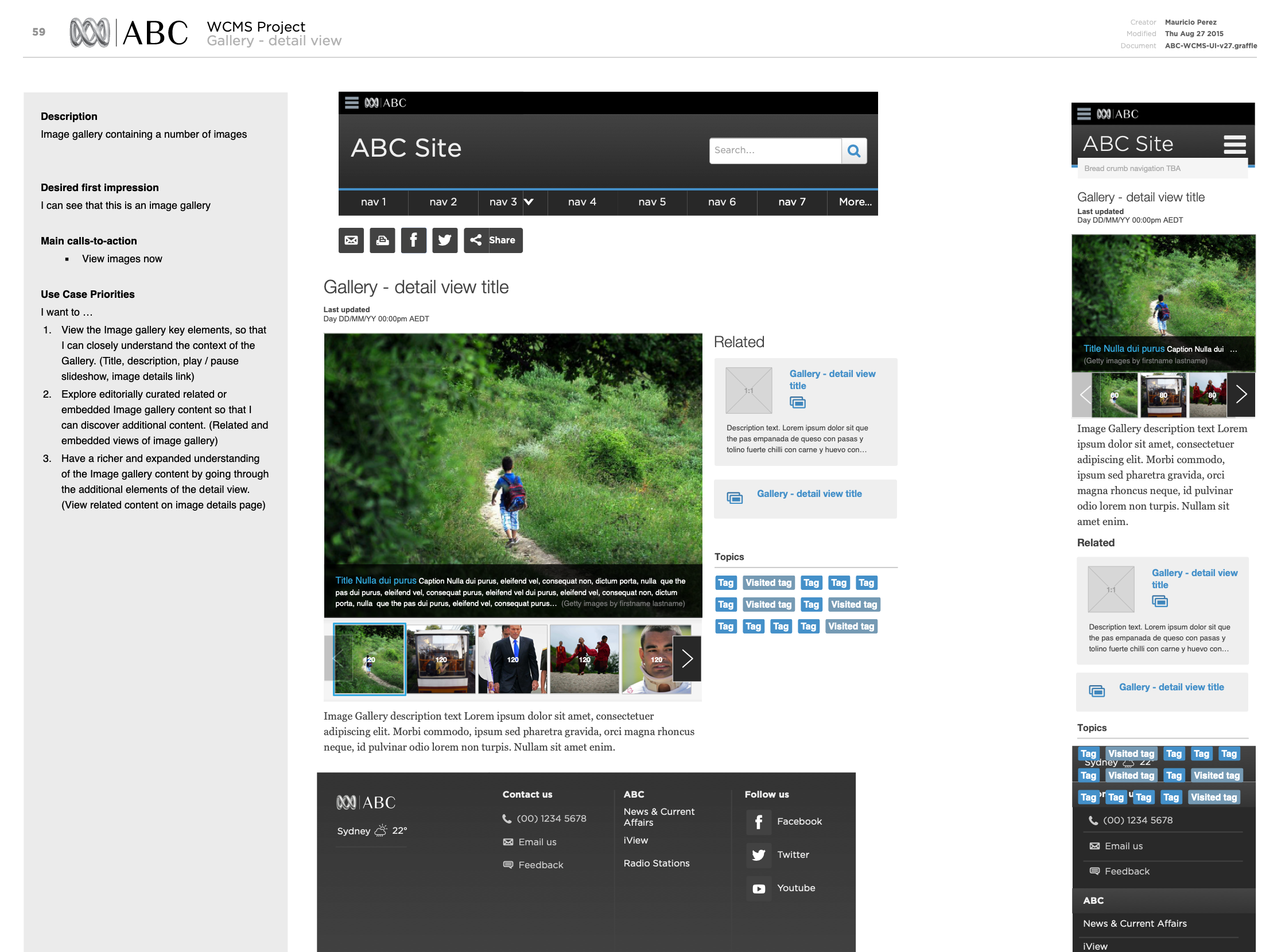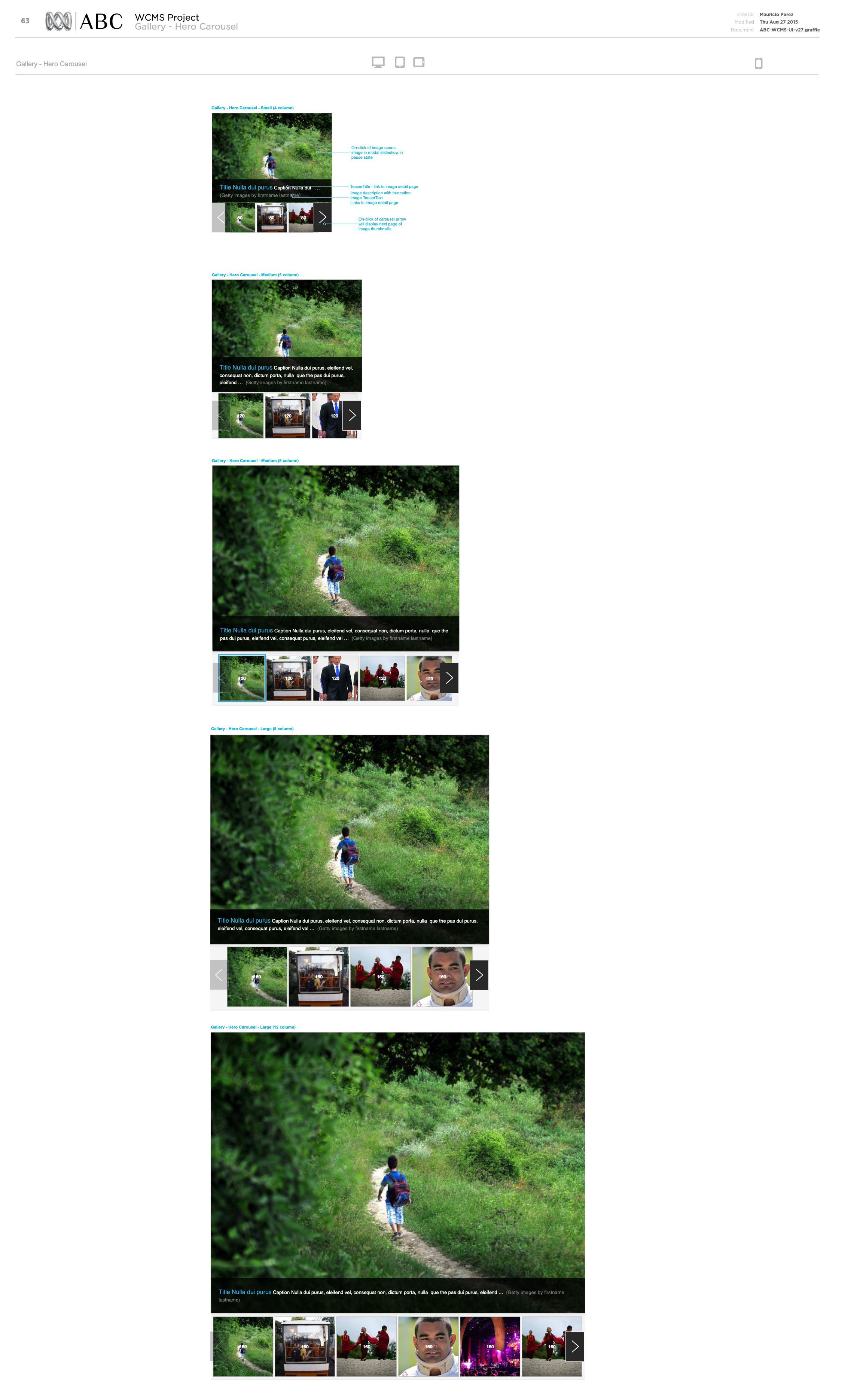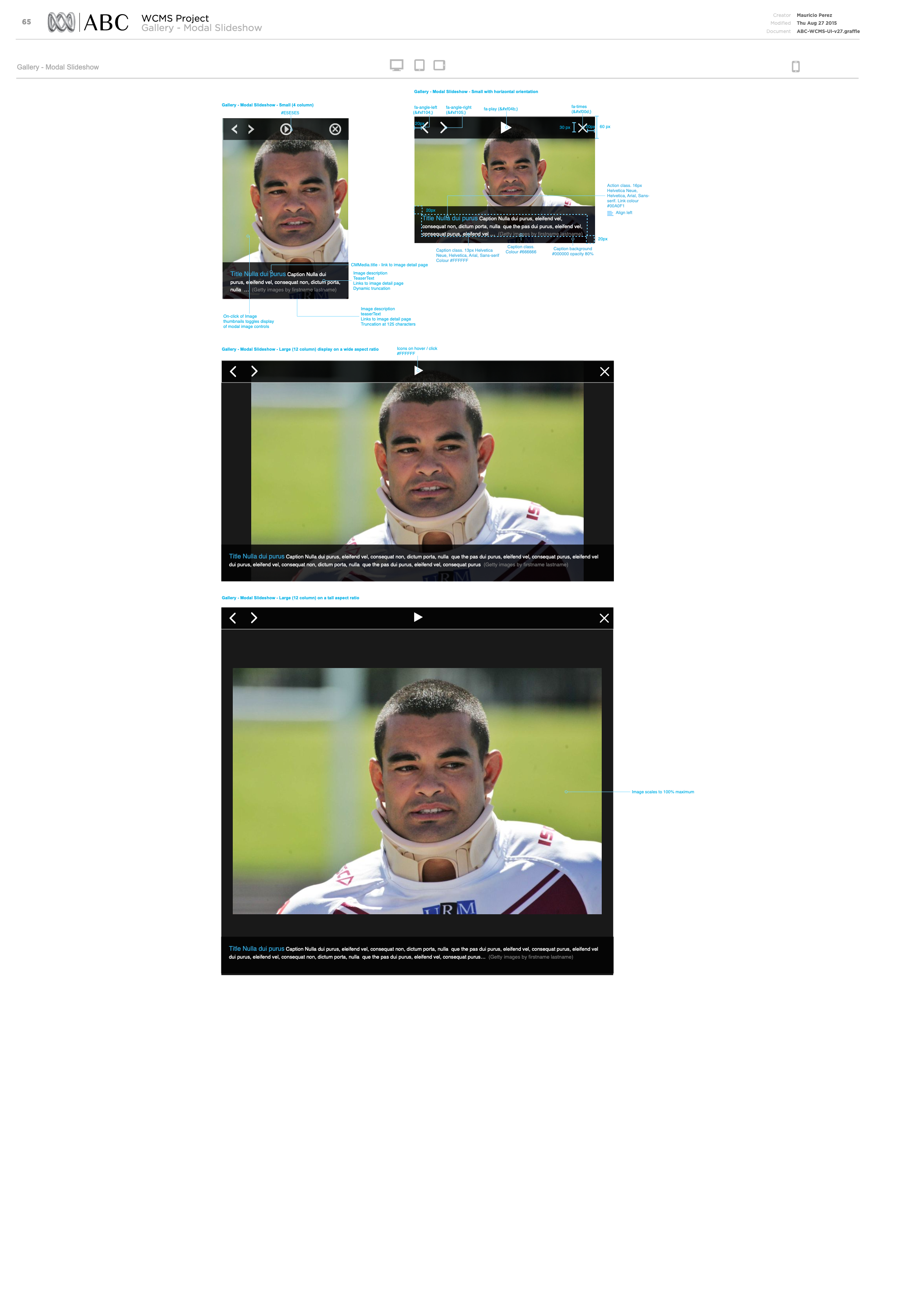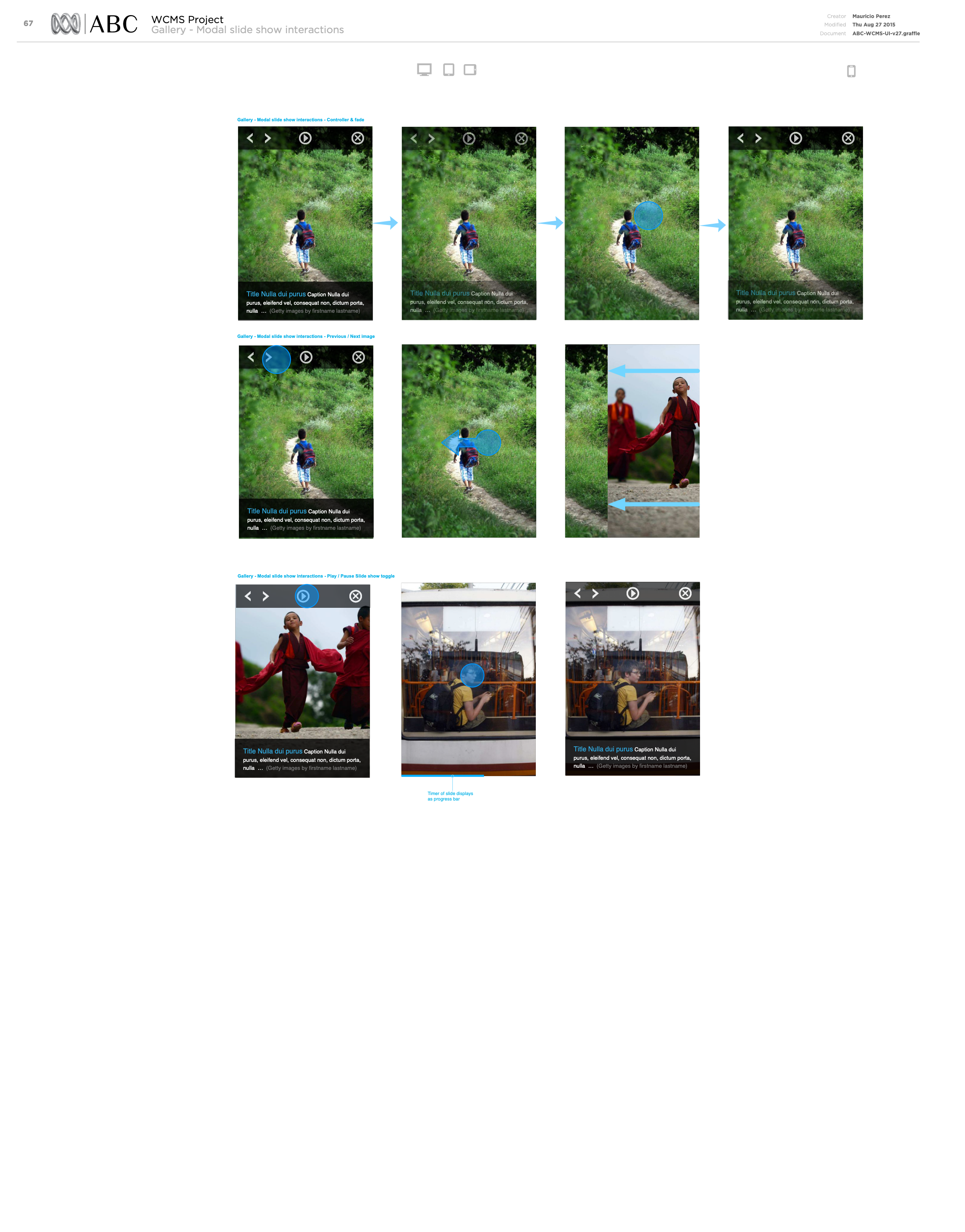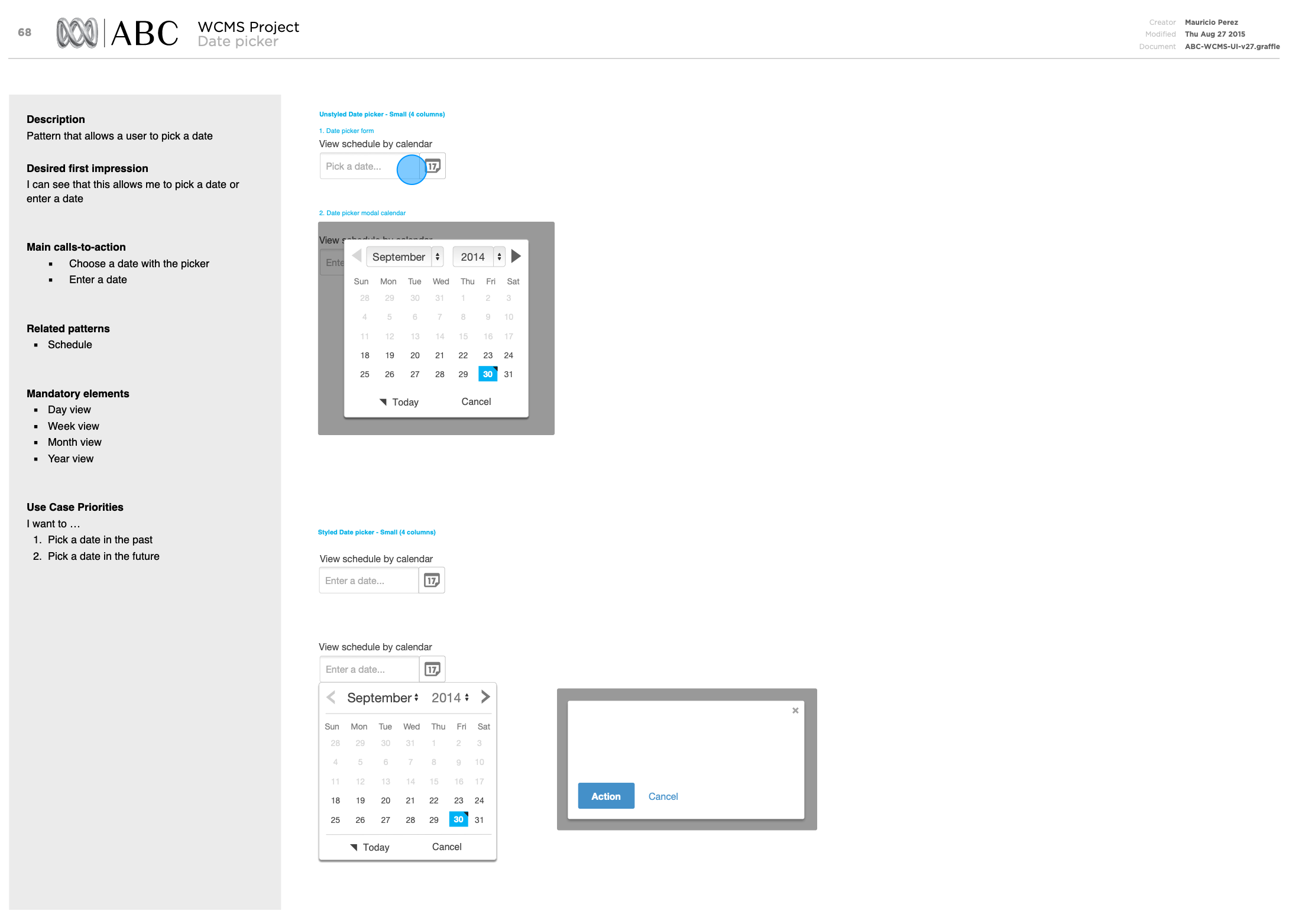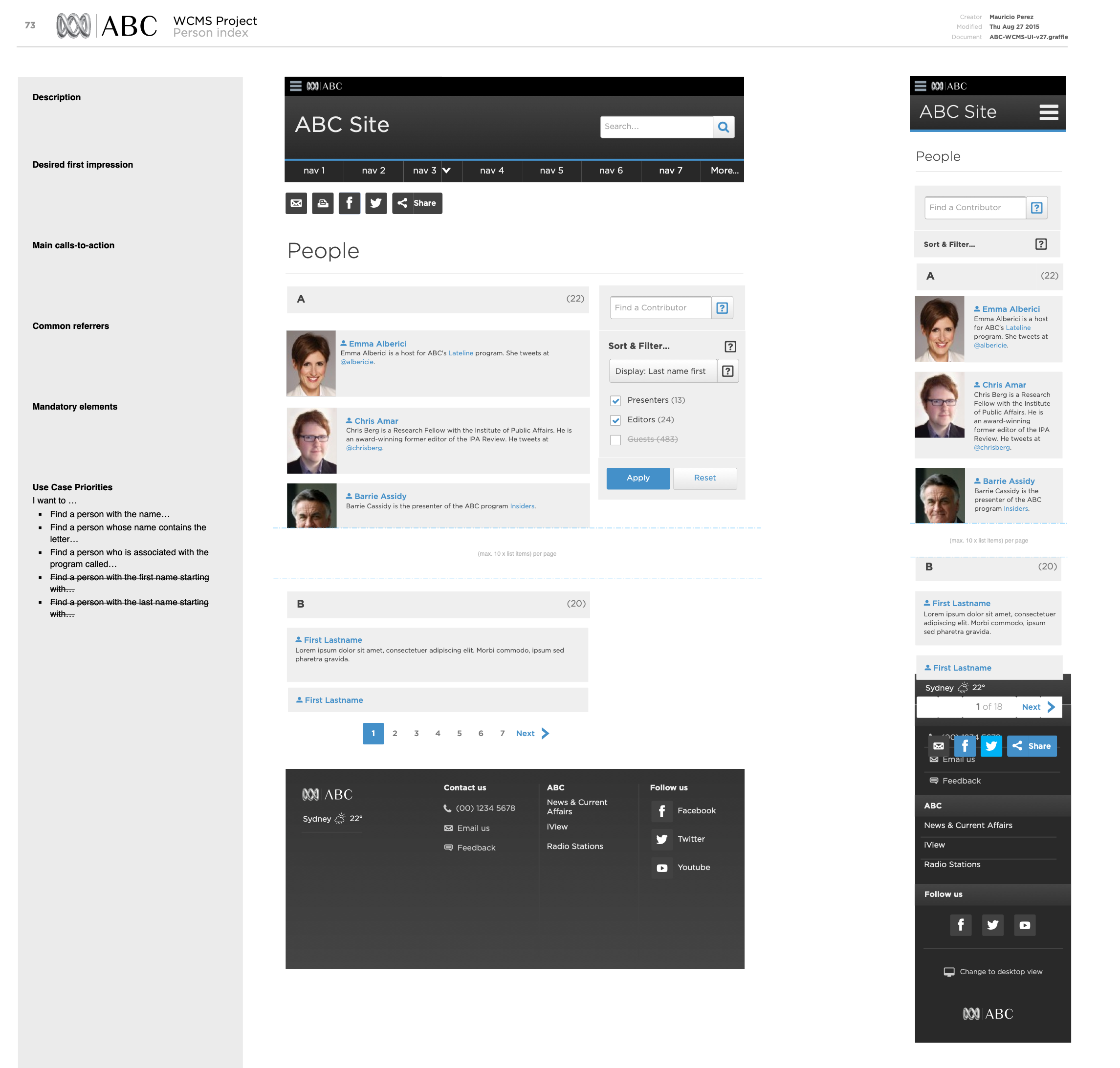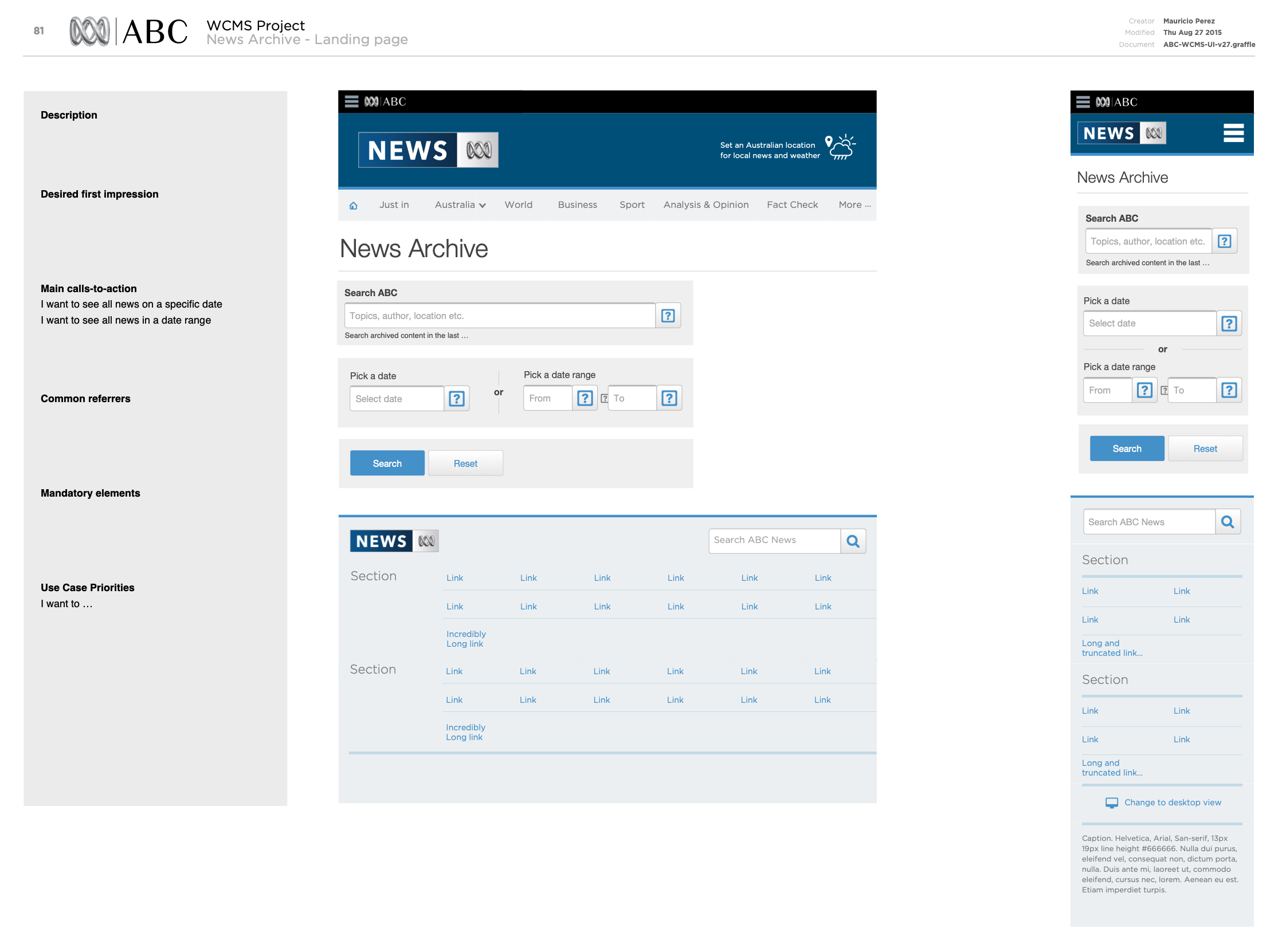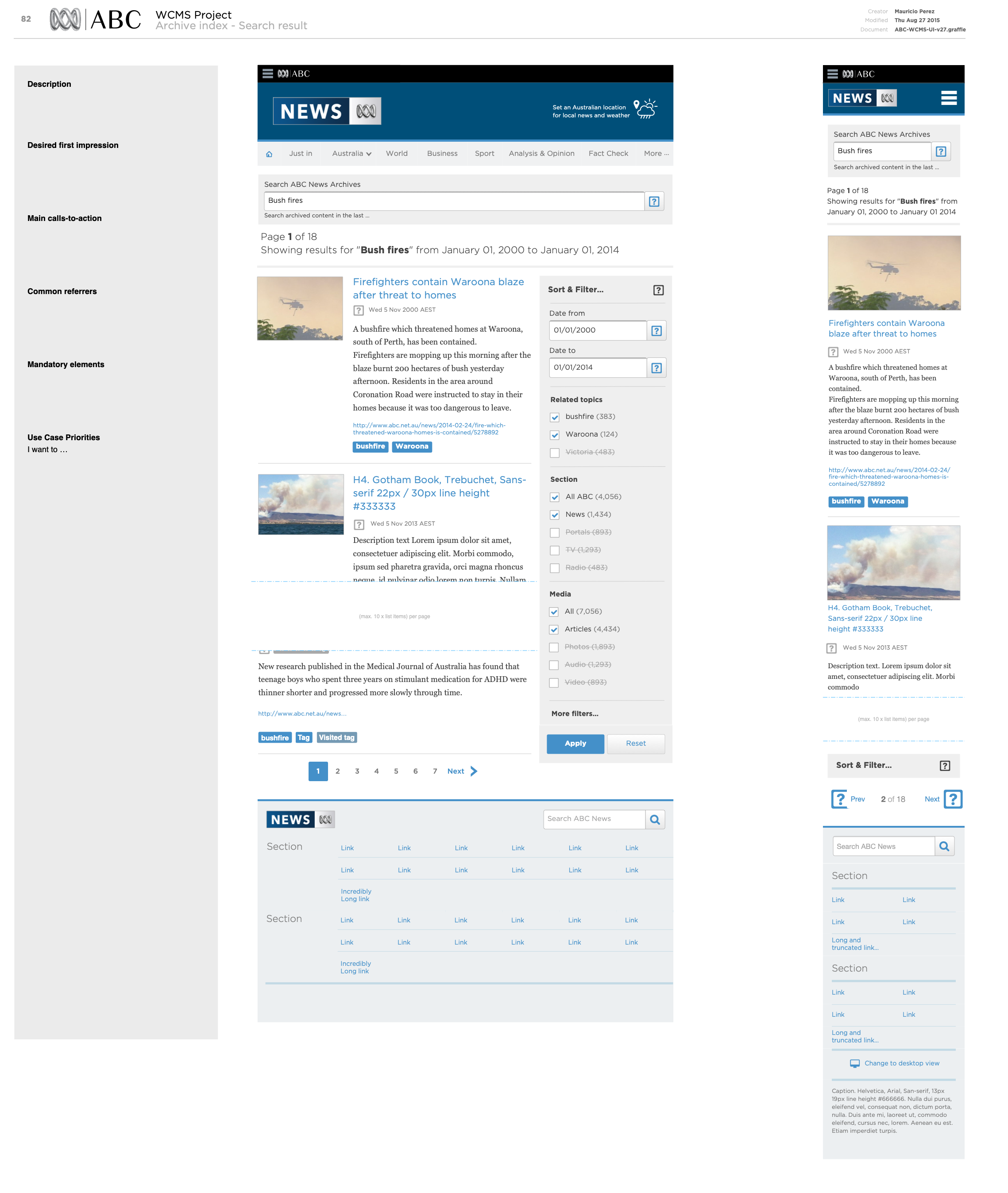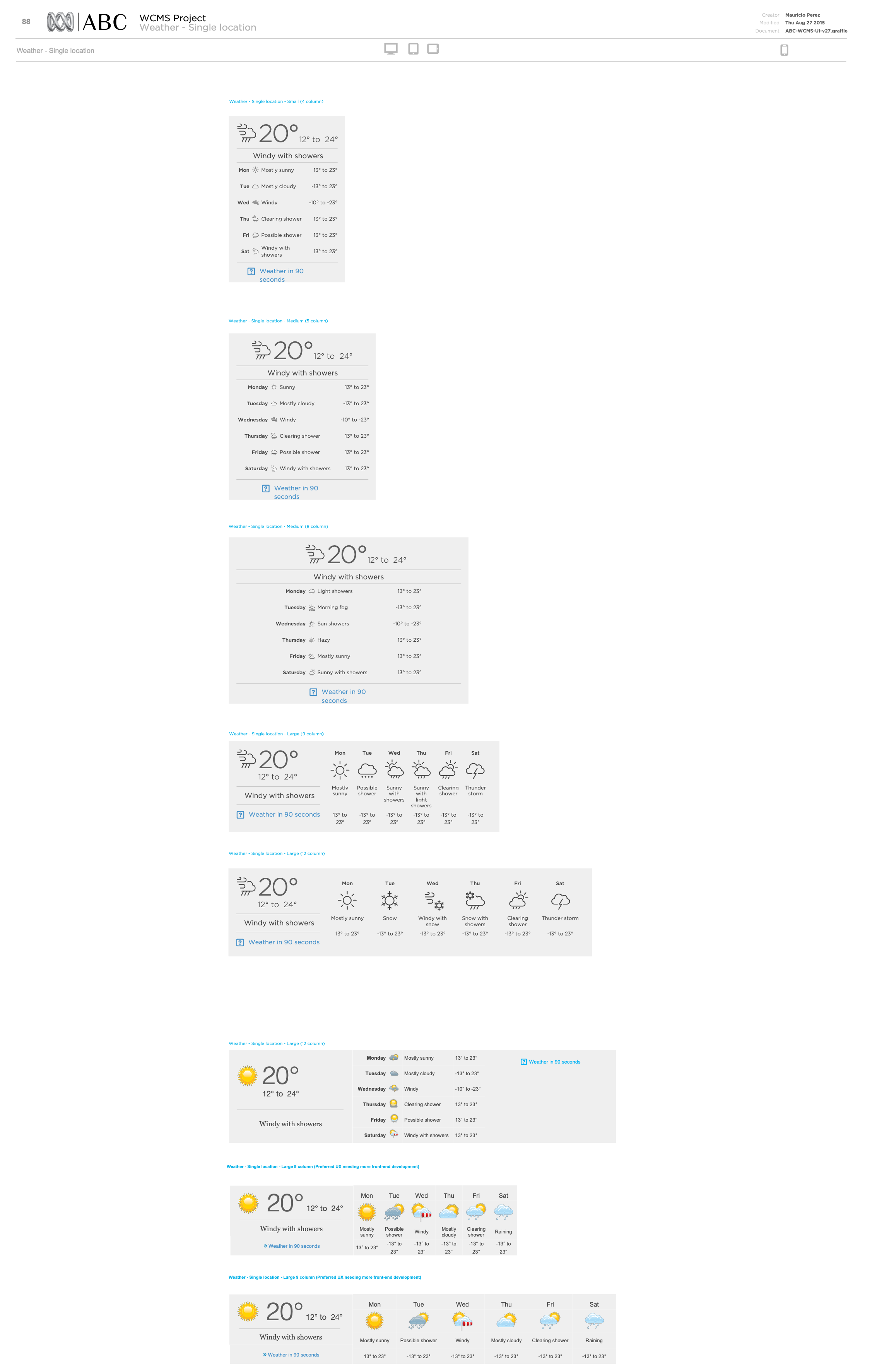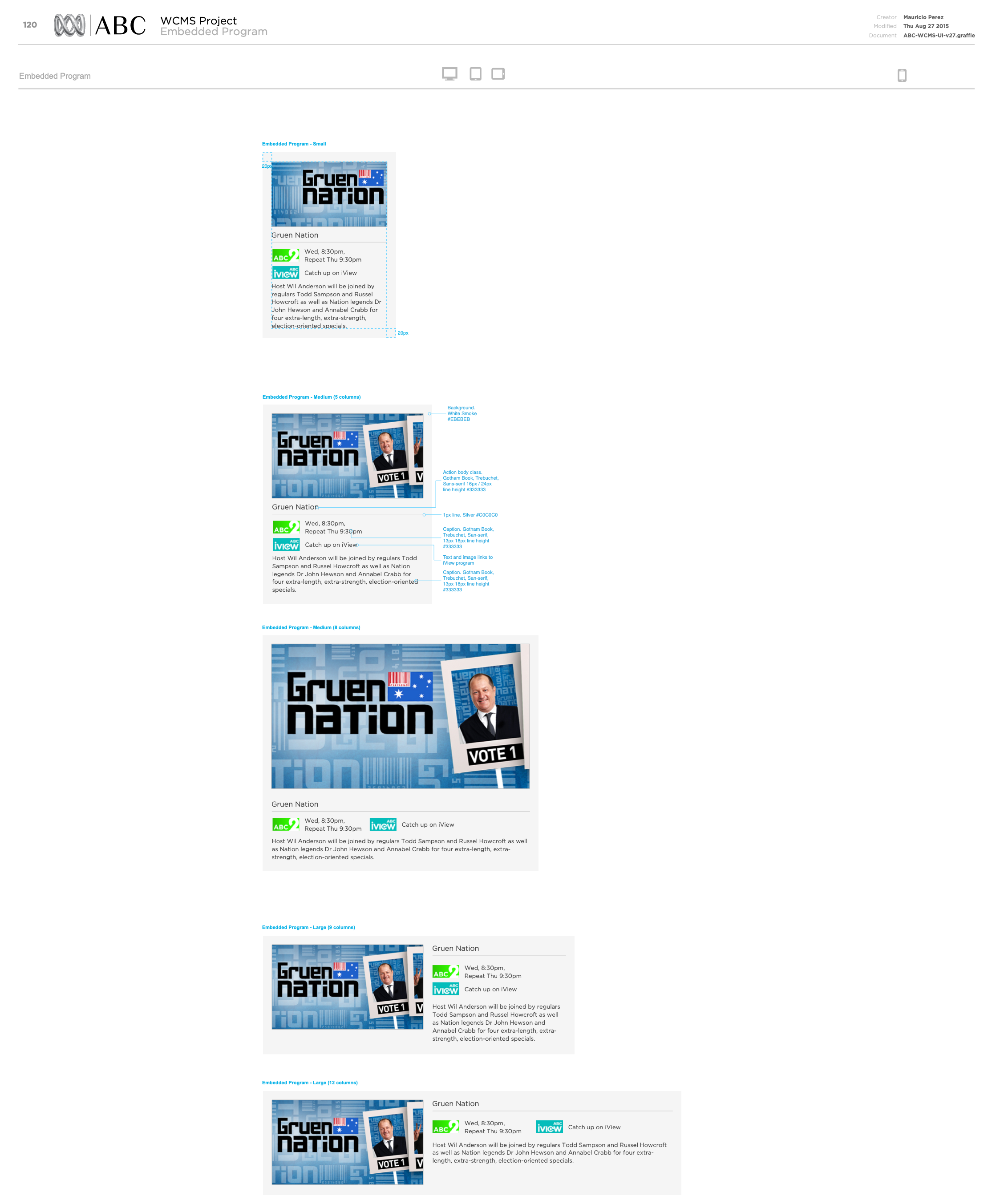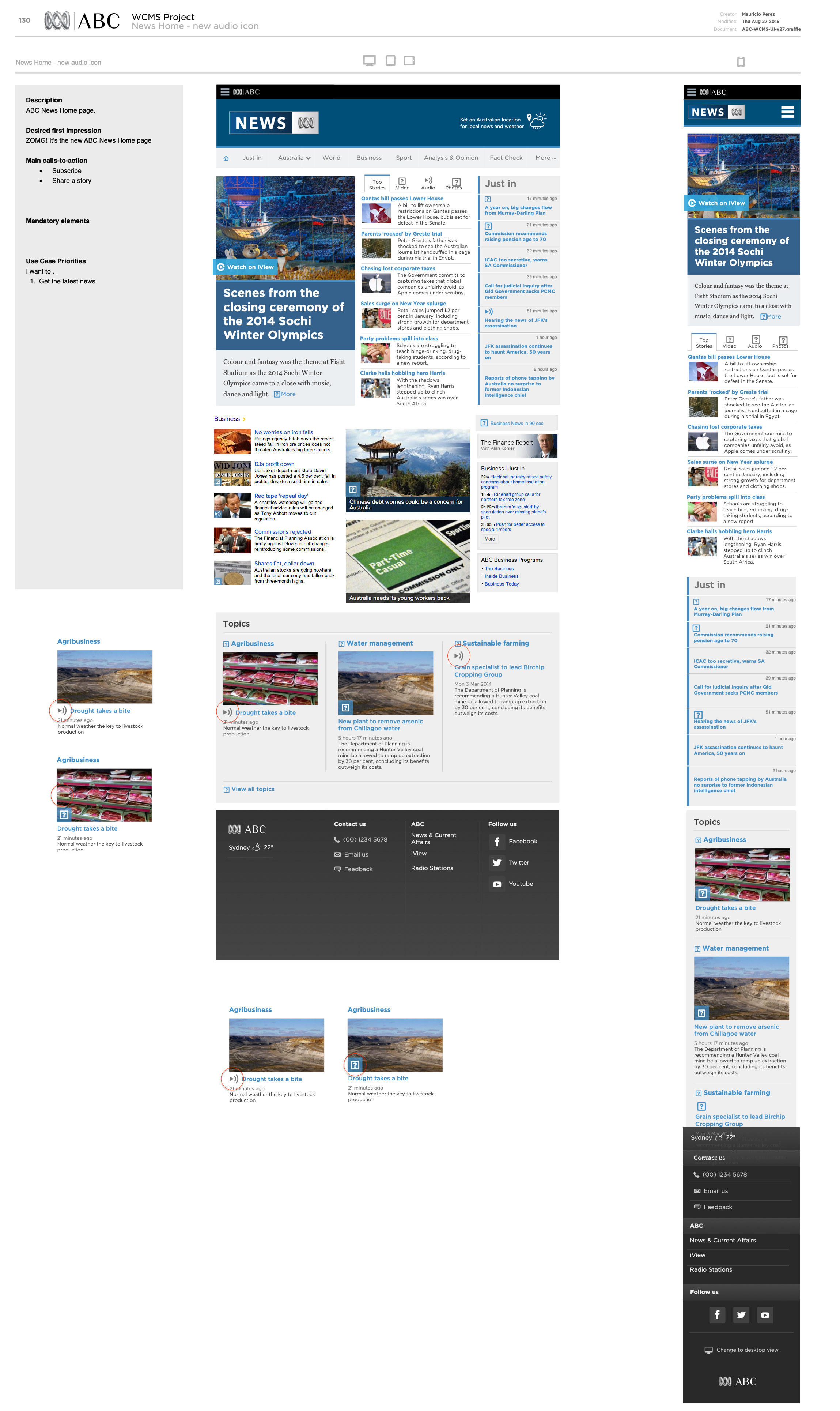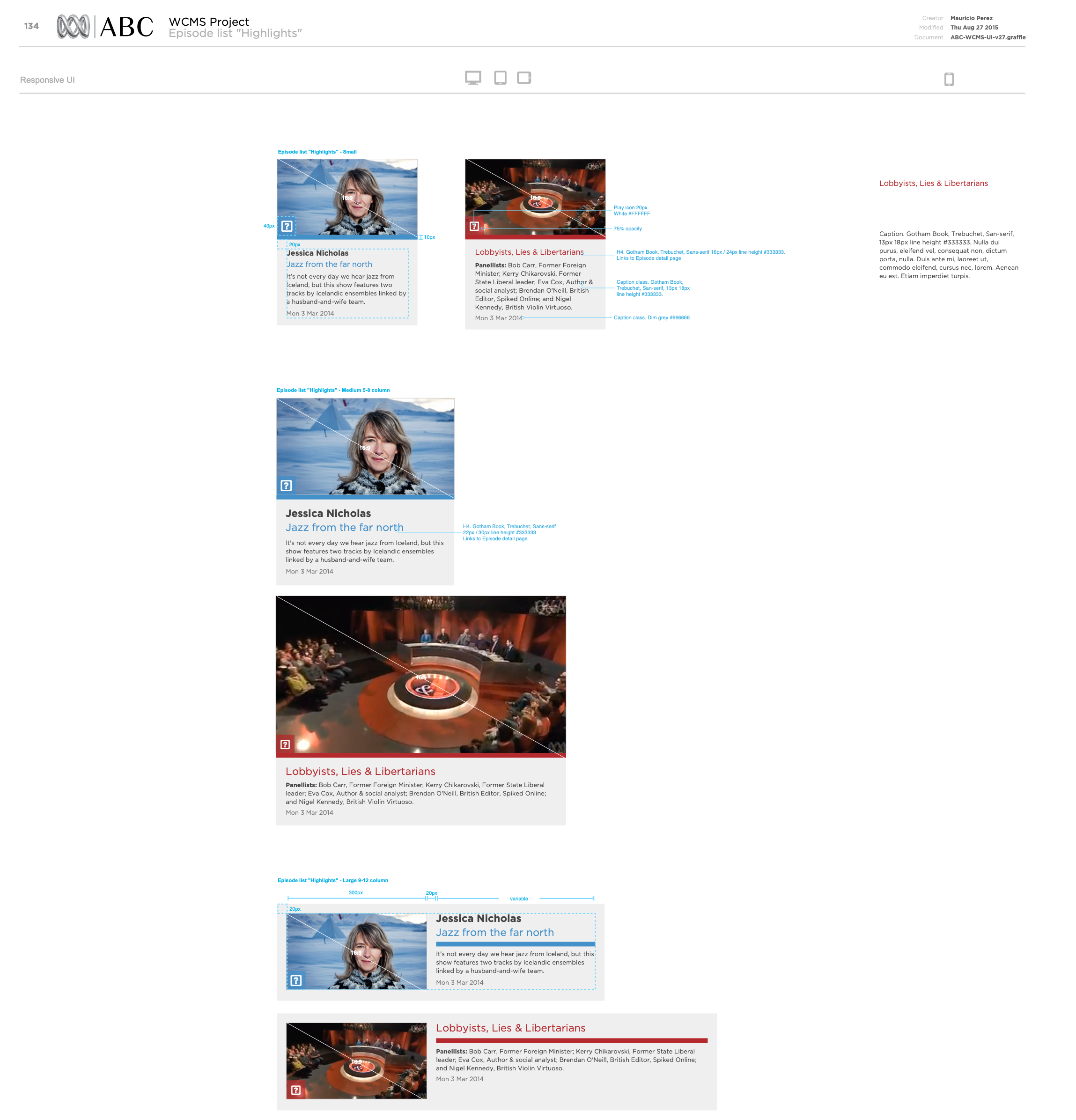The new publishing framework for ABC websites
In 2014, the ABC needed to overhaul it’s CMS to replace it’s disparate and ageing systems. Through an external vendor process, CoreMedia was selected as the CMS for the project and engaged an internal team to deliver prototypes that could be demonstrated internally to the various ABC web publishing teams for feedback.
The success criteria were that any ABC property needing a website could quickly and easily publish one using the best-practice templates that would be available. The secondary criteria were that existing ABC properties could migrate from its ageing systems onto a better one fit for the future.
An agile approach by stealth
The internal ABC team consisted of various Business Analysts, UX (User experience) designers, Front End developers and Test Analysts. The majority of the work for the design team would be to research and specify a best-practice design pattern library. This would better inform the development team the technical requirements people would need when using an ABC website.
Interestingly, one of the major challenges was that term “Agile” (and therefore the practice) was officially banned as the approach to working within the ABC at the time. The workaround was to adopt agile (note the lower case ‘a’) methods to accelerate development for demonstration within a traditional linear workflow.

Gathering of business requirements
One of the first activities that kicked off the WCMS project was the gathering of existing requirements by Business Analysts from the various departments in the ABC. The requirements were many and the function and contexts of usage of each needed to be better understood by the team in order to design and build a demonstration.
By sketching user journeys starting with the user story format:
“As a… (user type), I want to (task), so that (underlying need)”
This seems like a backward process to some User-Centred practitioners, as the most user-centric method would be to conduct research from actual users first. However, given the business requirements and focus on delivery in a time-frame, it was deemed more important to demonstrate functionality that was being currently served by existing ABC properties at the time.
Mapping User Journeys
Atomic UI Design Framework
As a design consideration, one of the first principles in delivering a flexible UI (user interface) for the future, was to adopt a mobile-first approach. This meant that the UI components would need to be considered from an atomic-level design detail all the way through to larger components (molecules) and eventually page template organisms.

By adopting an atomic design pattern library, this ensured that the components, templates and pages would shrink and stretch to accommodate any size screen. This was called a responsive UI framework.
UI Design Pattern Library
A new national framework for Australia
The WCMS product build project was completed with the final release loaded into the production system in October 2015. With its 2015 acceptance by content divisions, the project realised its primary goal of providing the ABC with an enterprise web content publishing product that facilitates easy, quick and reliable content creation. It is being used to process and publish content to meet the ABC’s increasing online needs as well as community expectations for the online delivery of ABC services.
